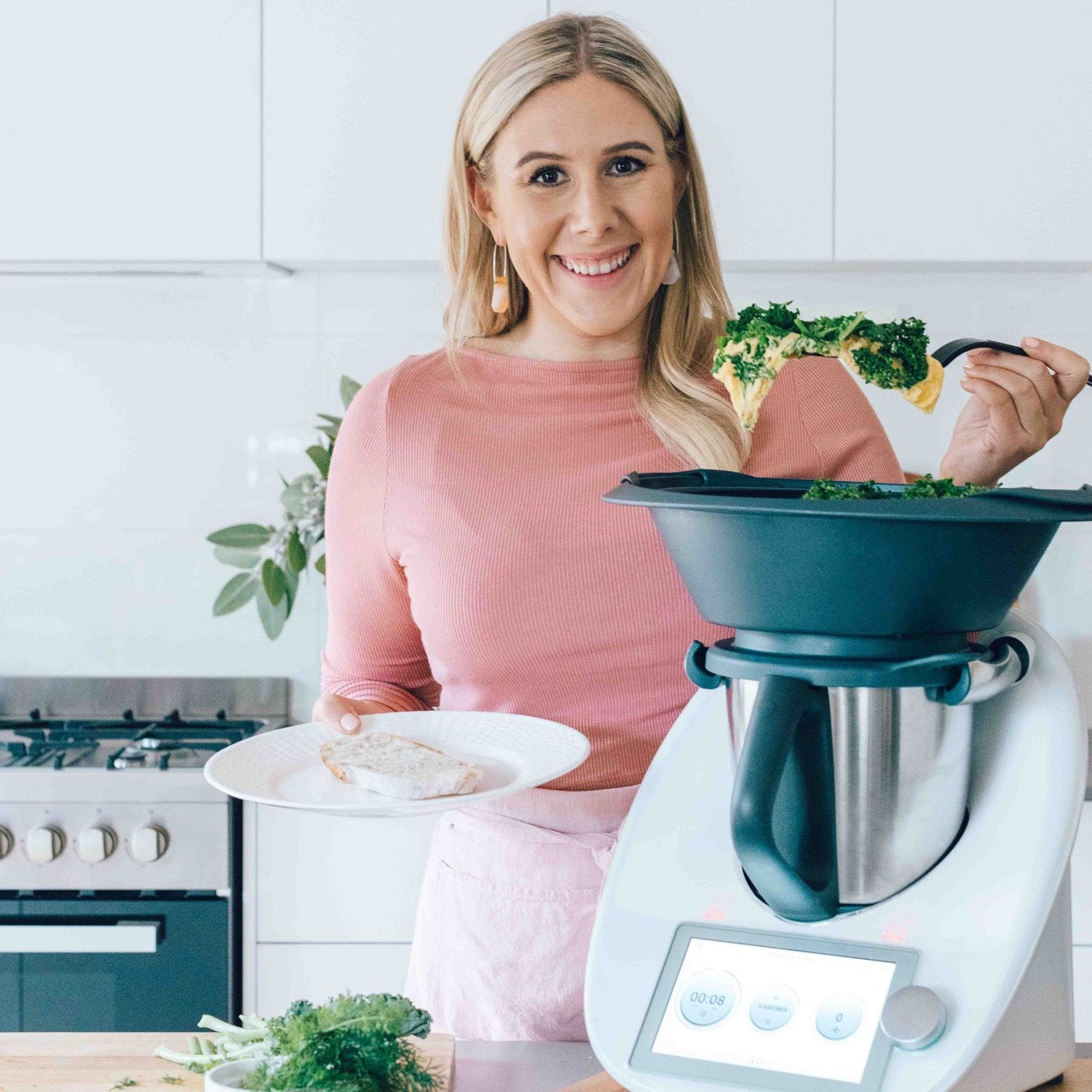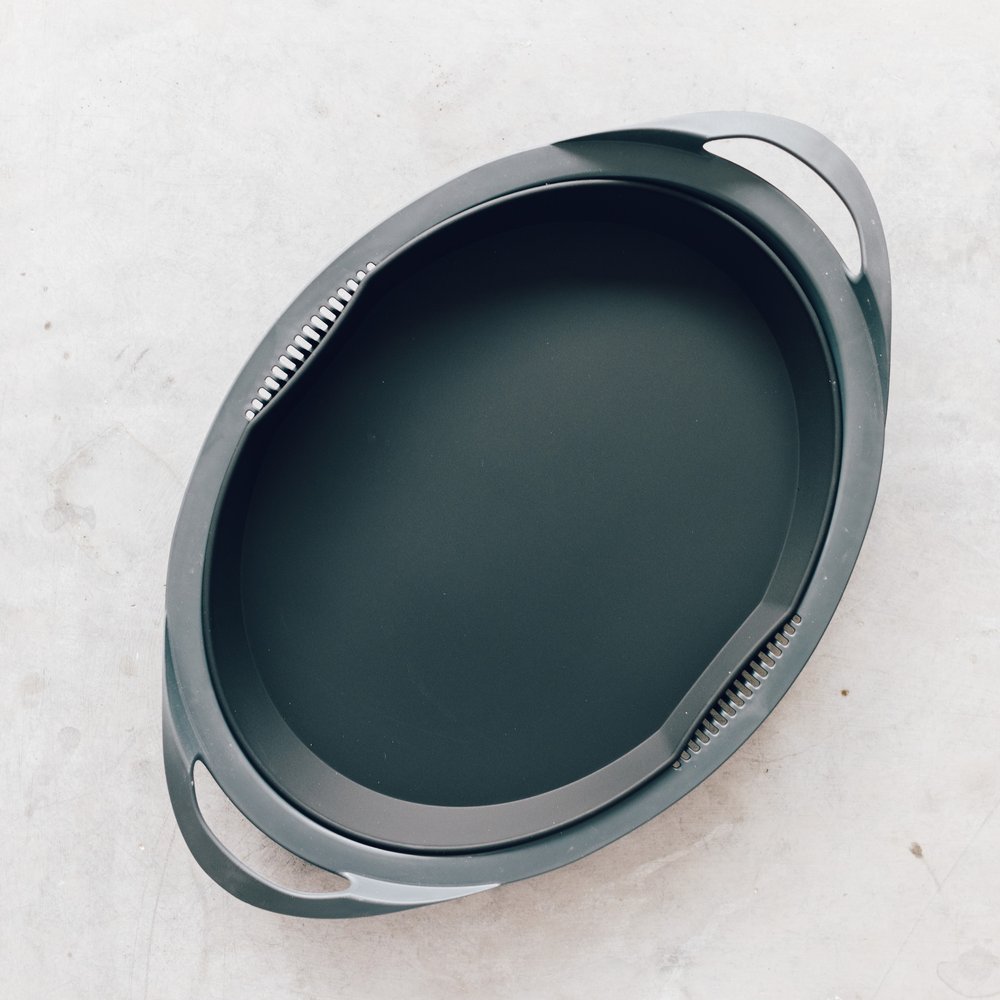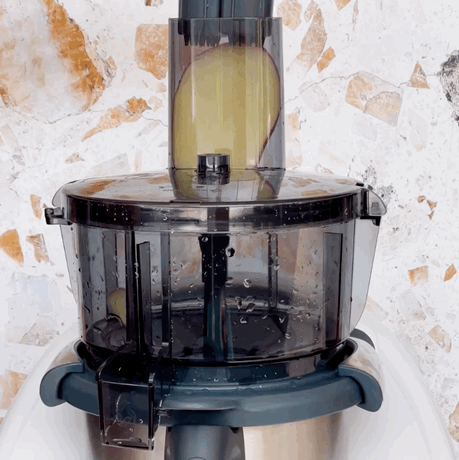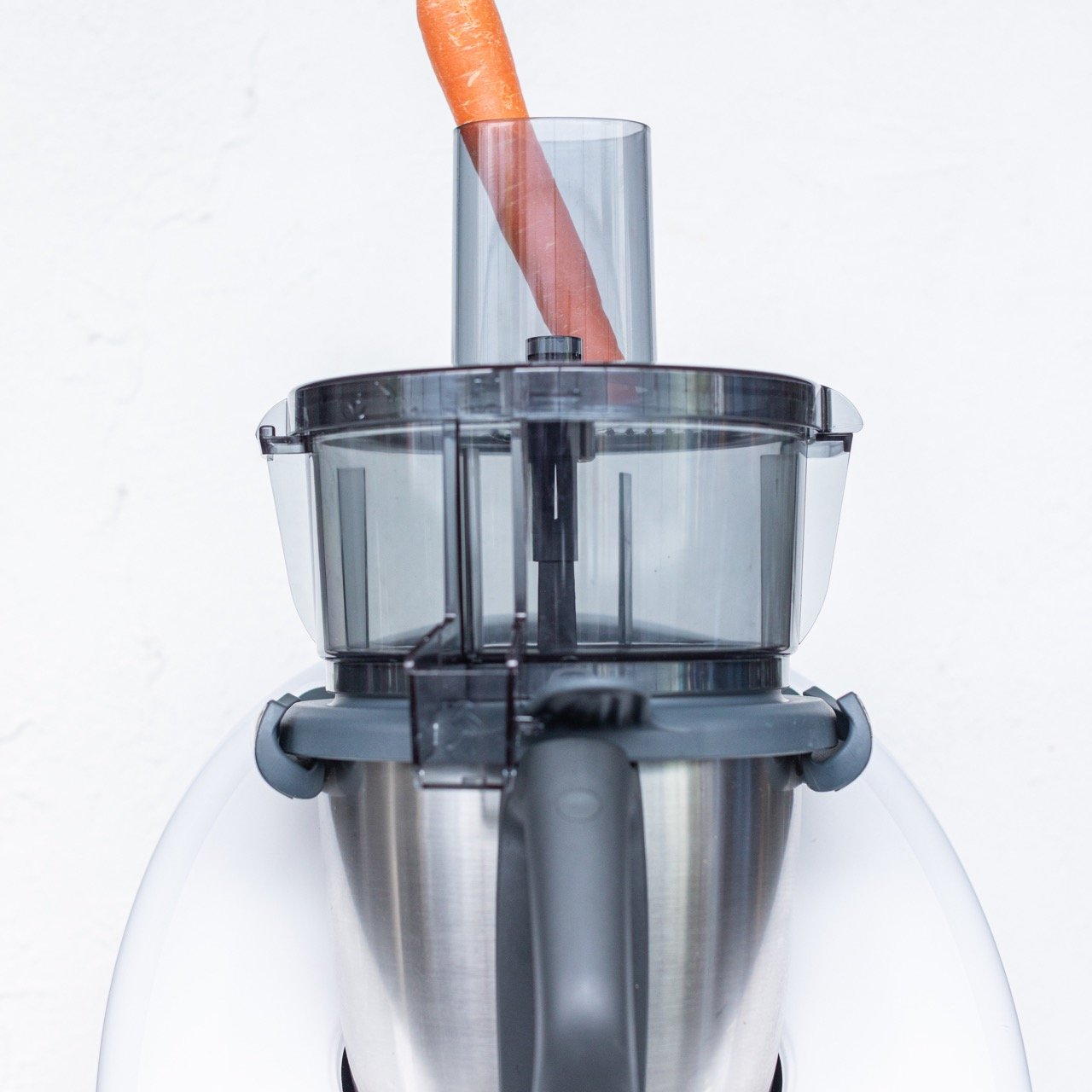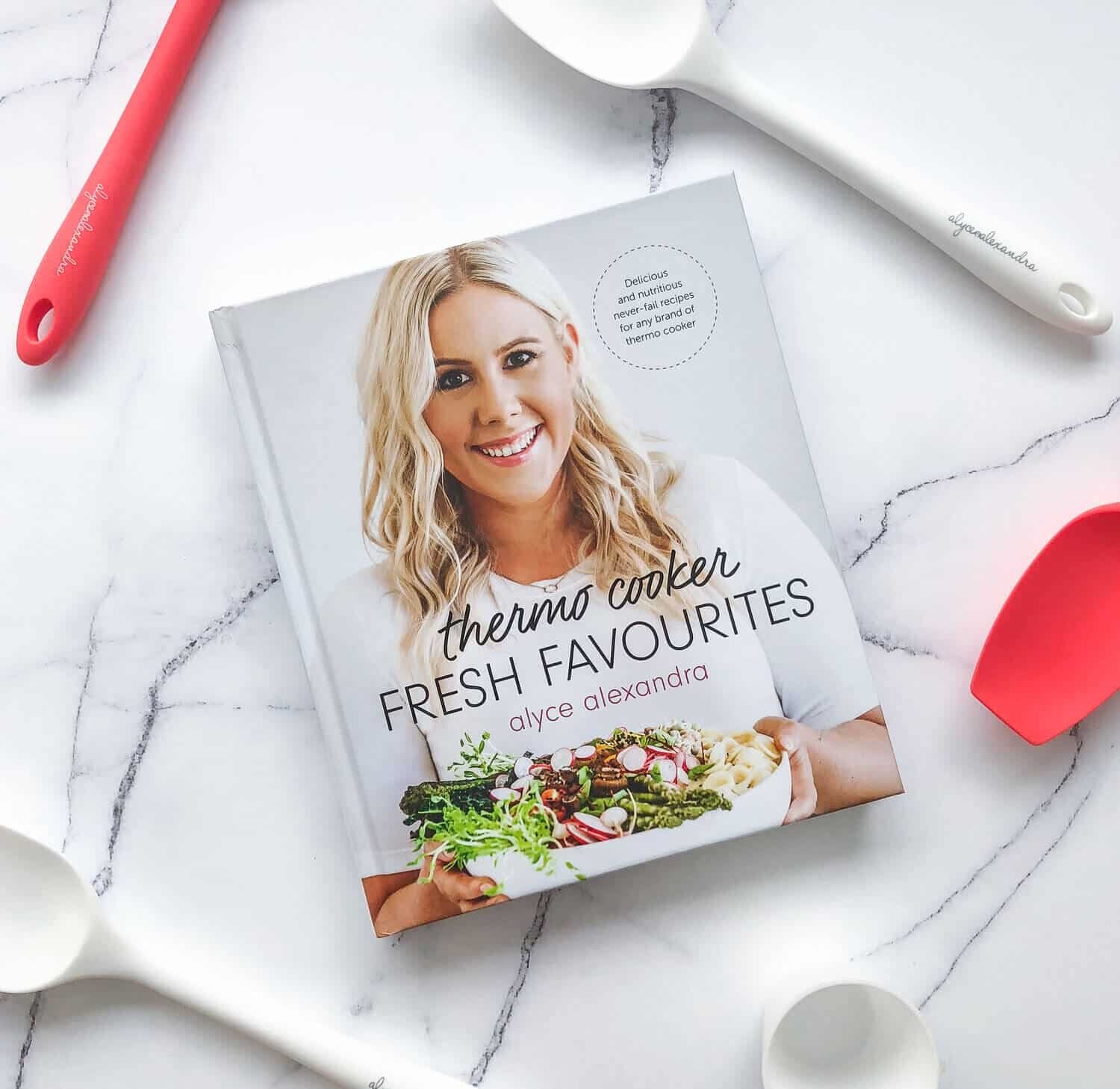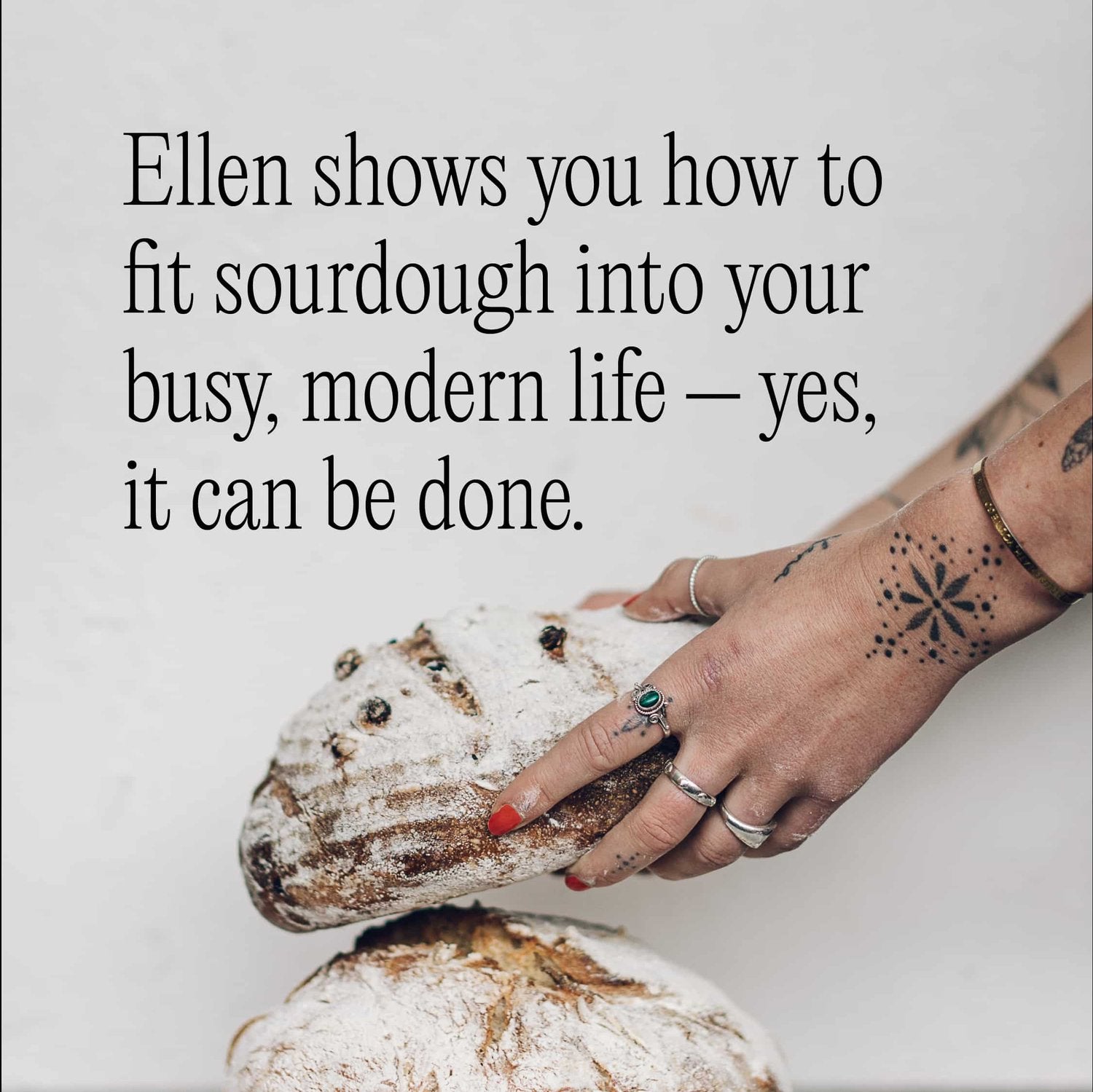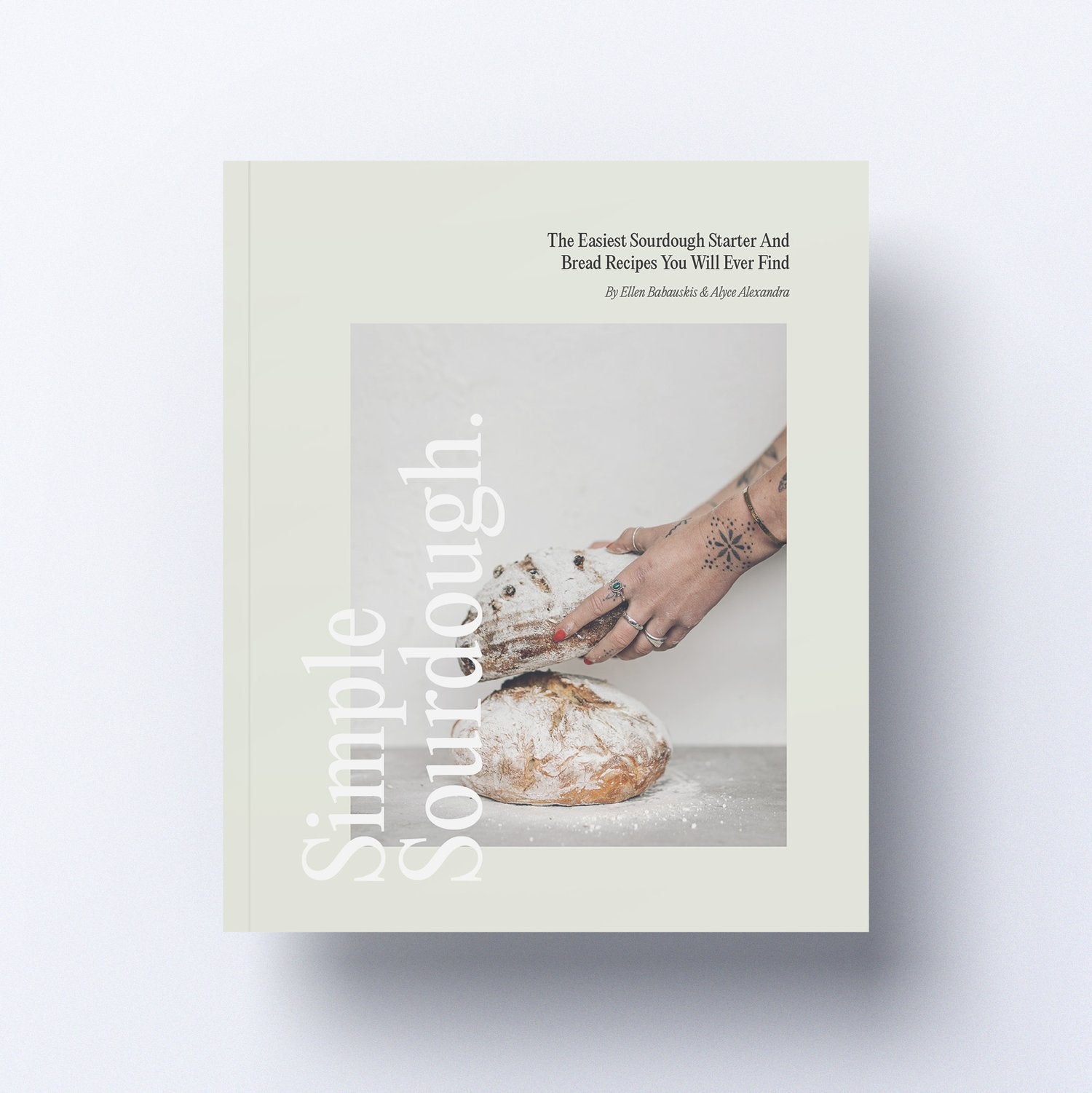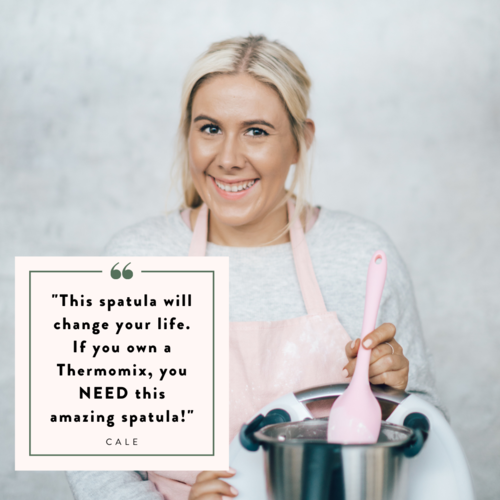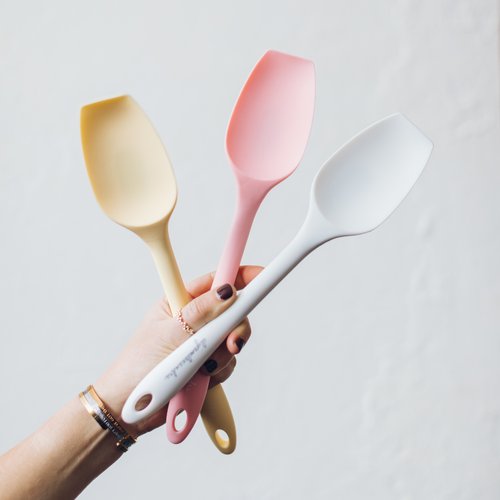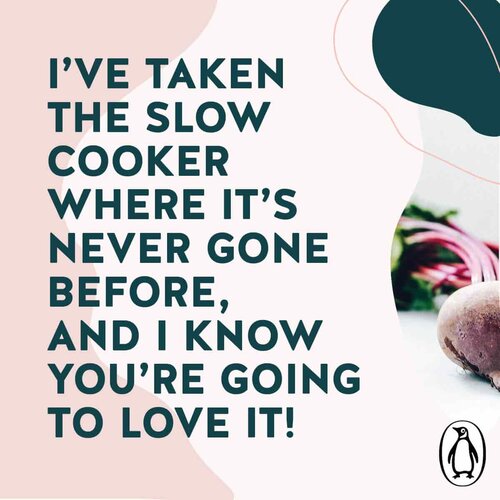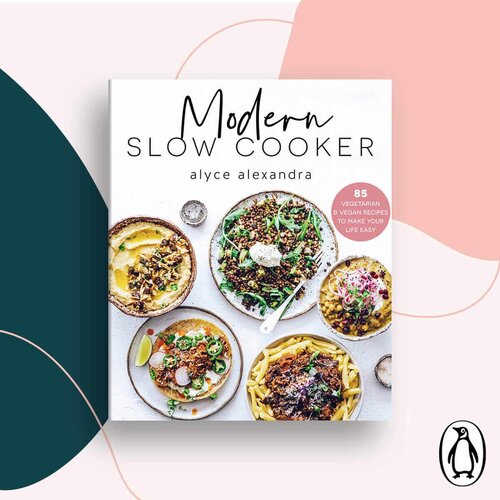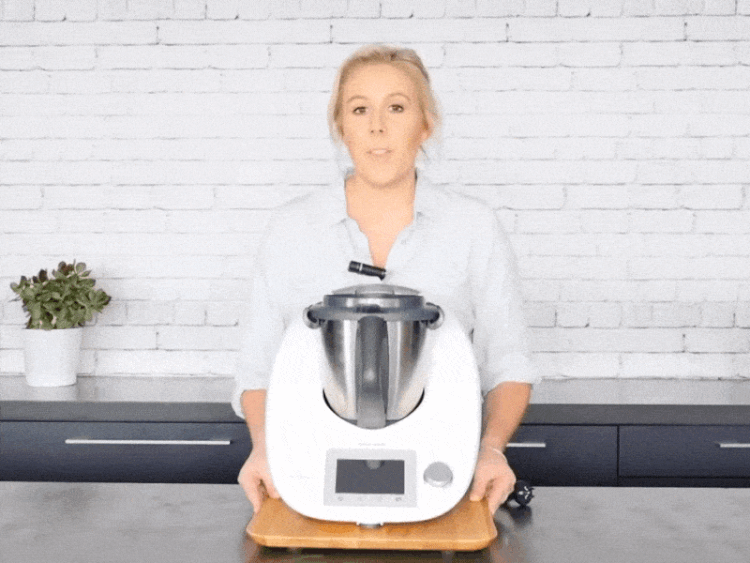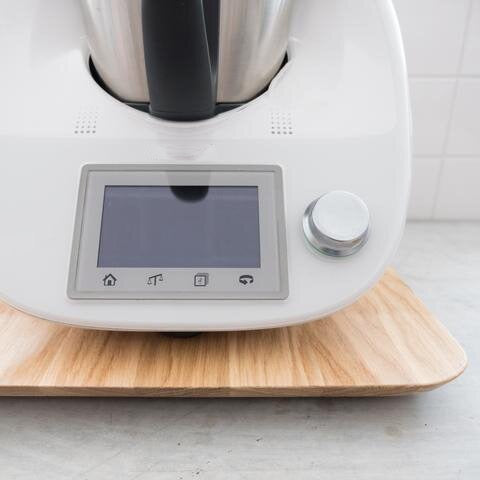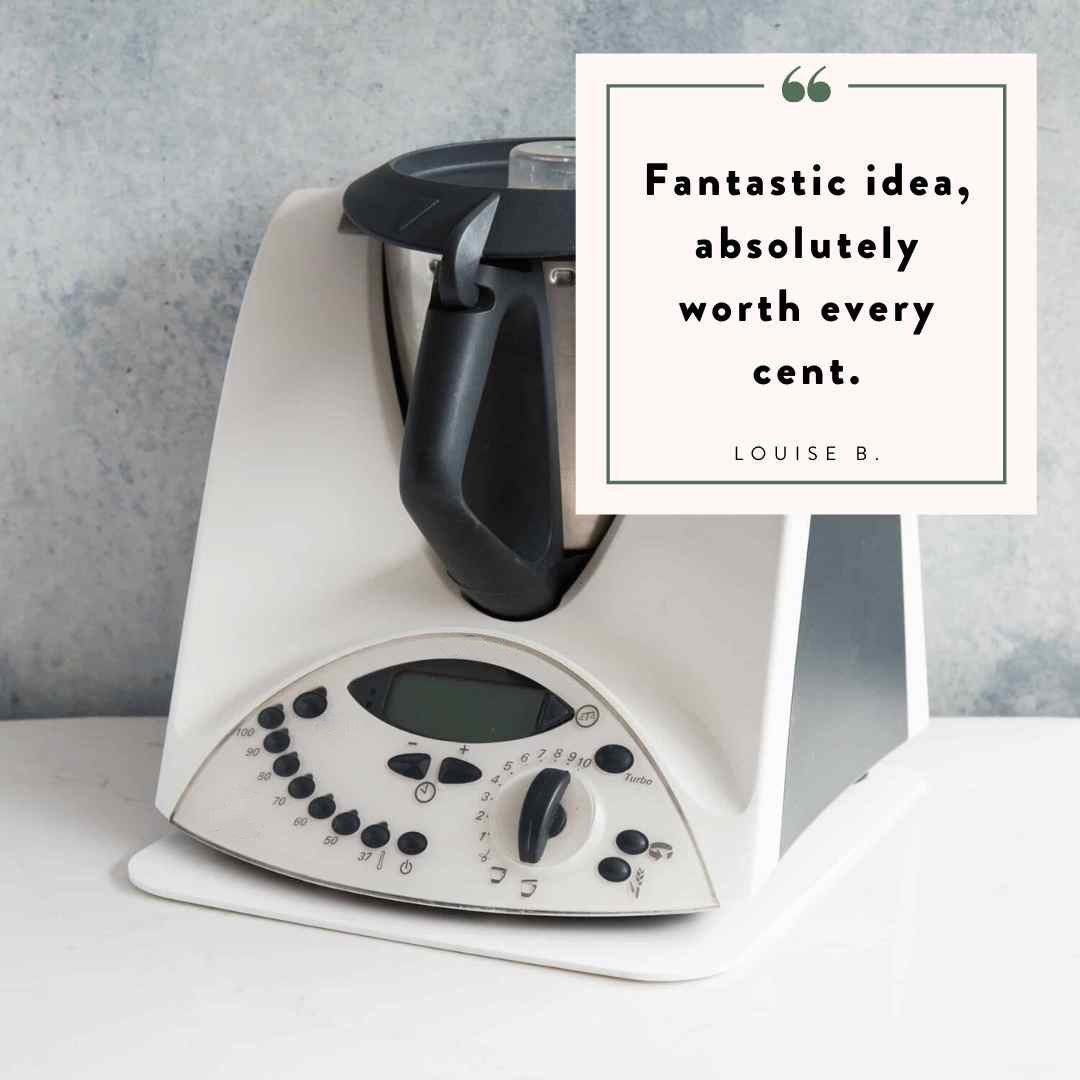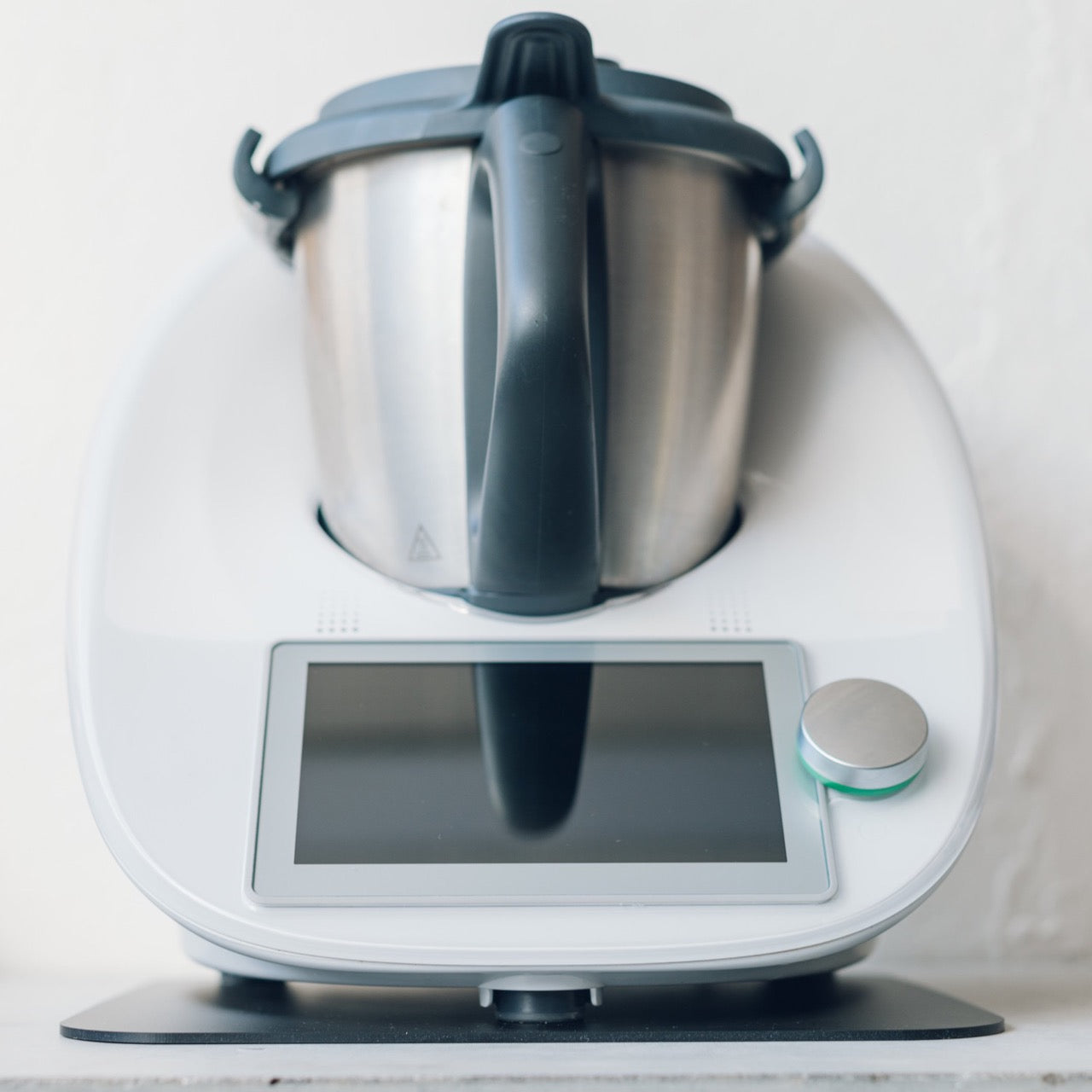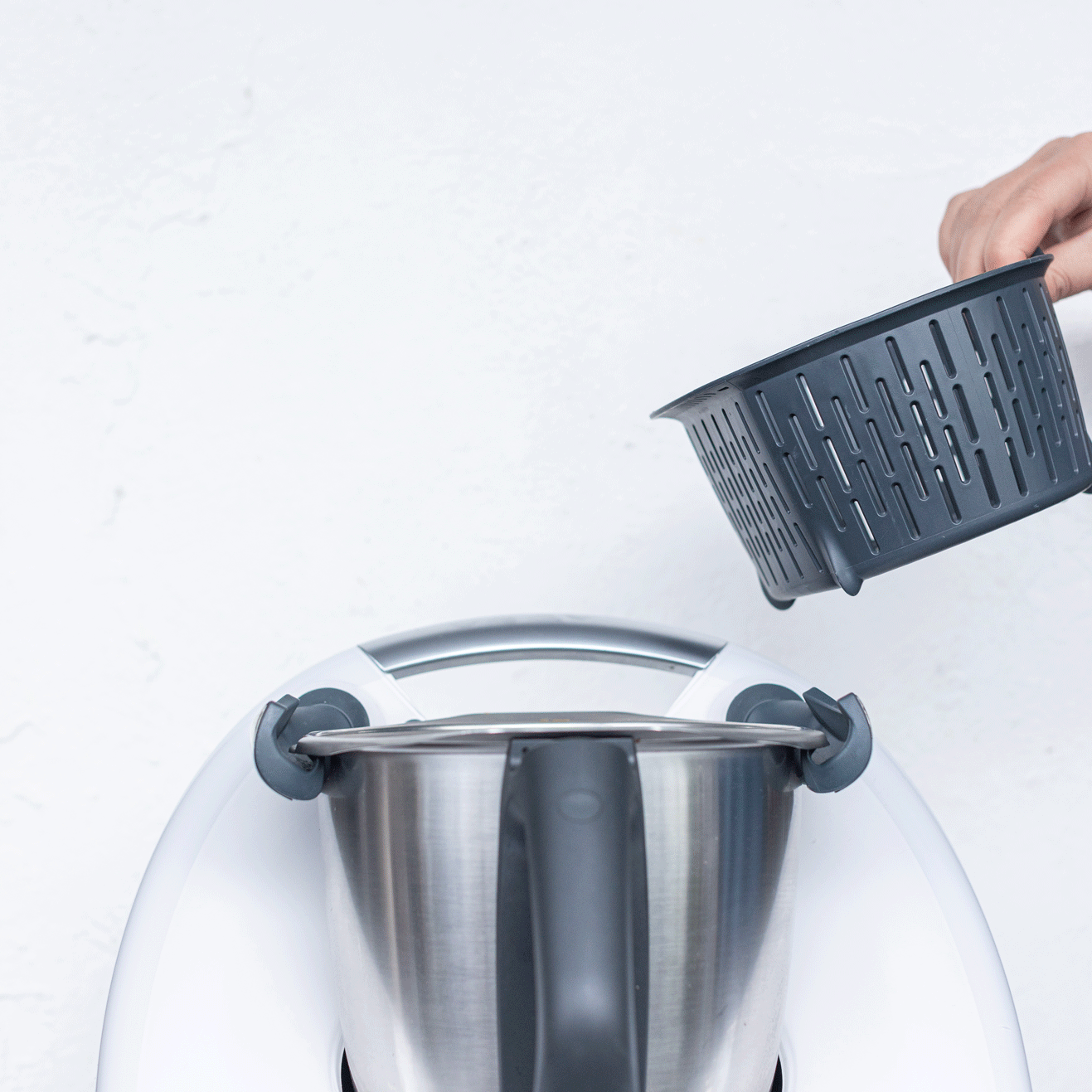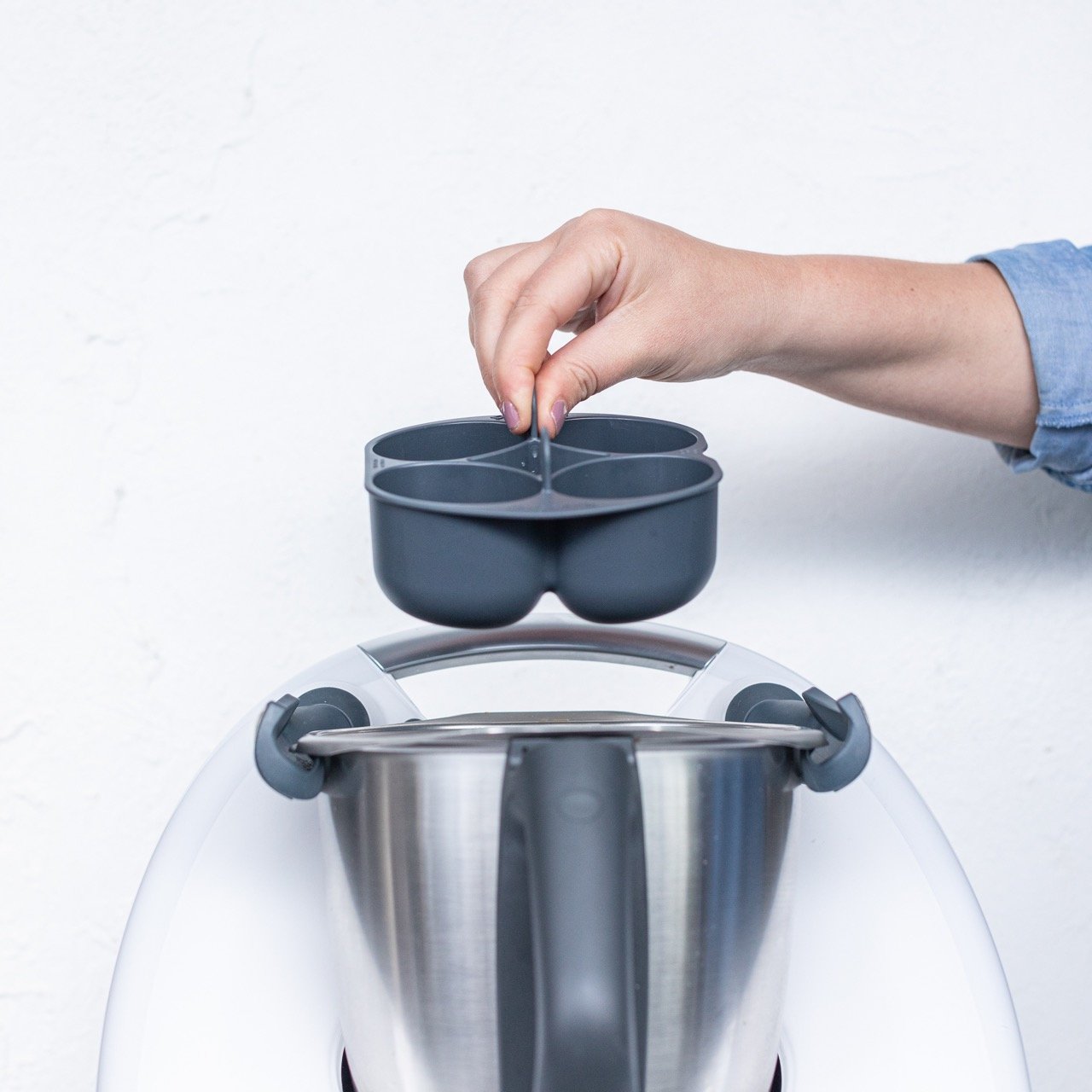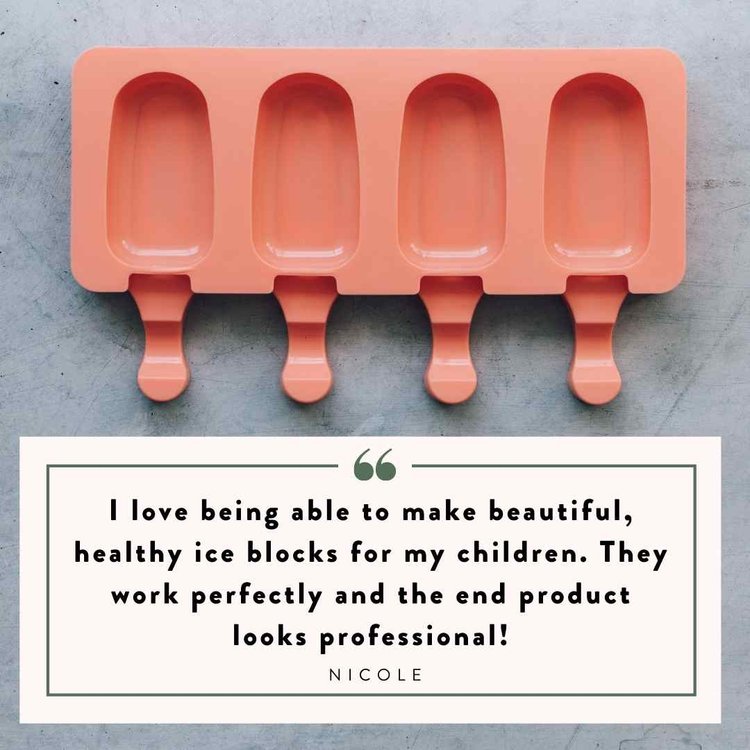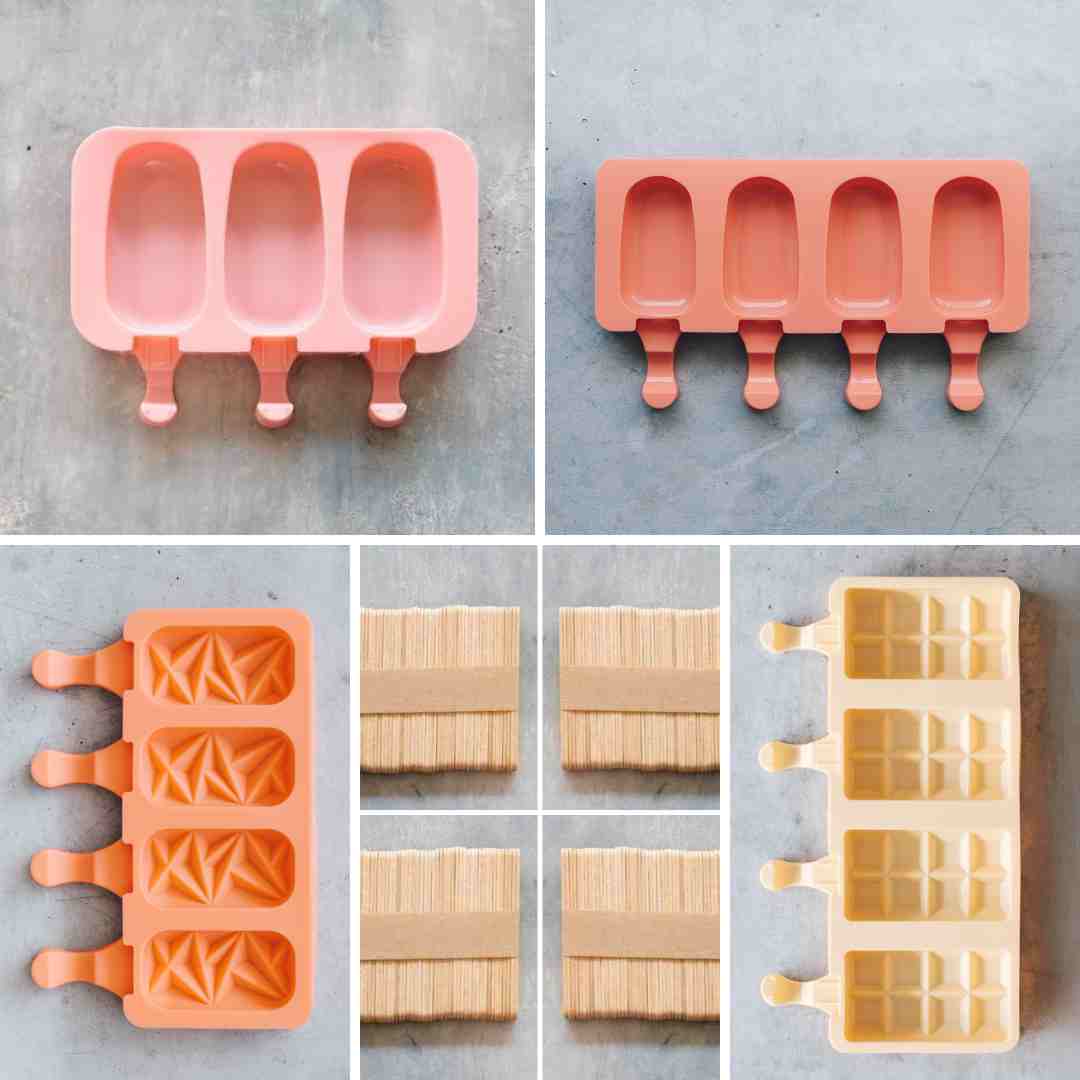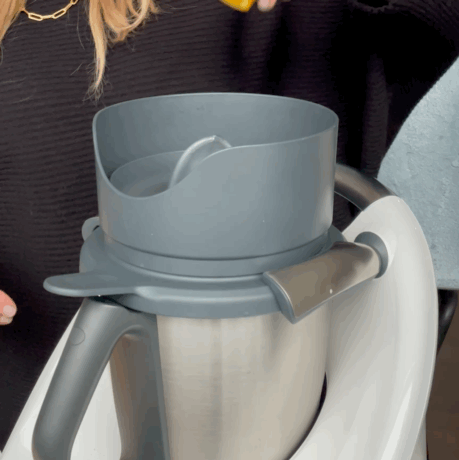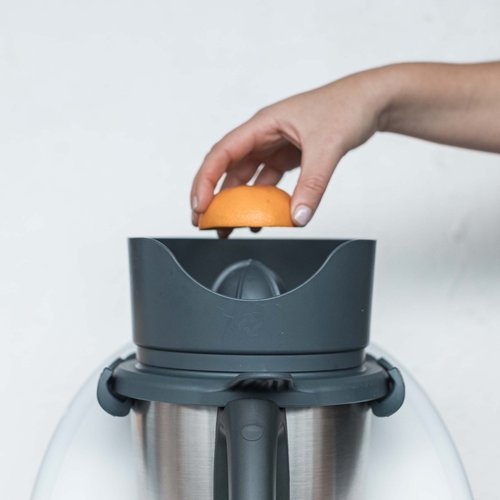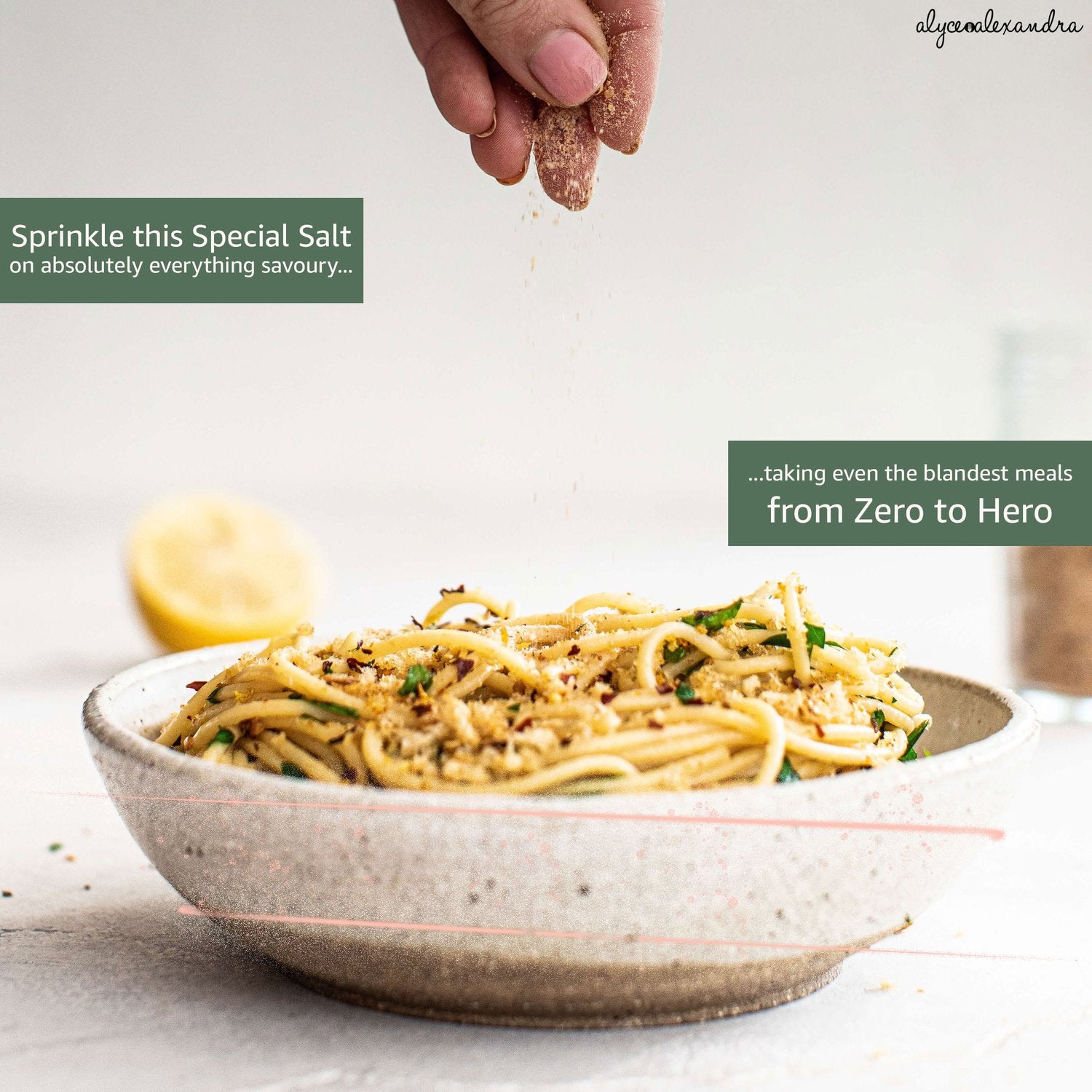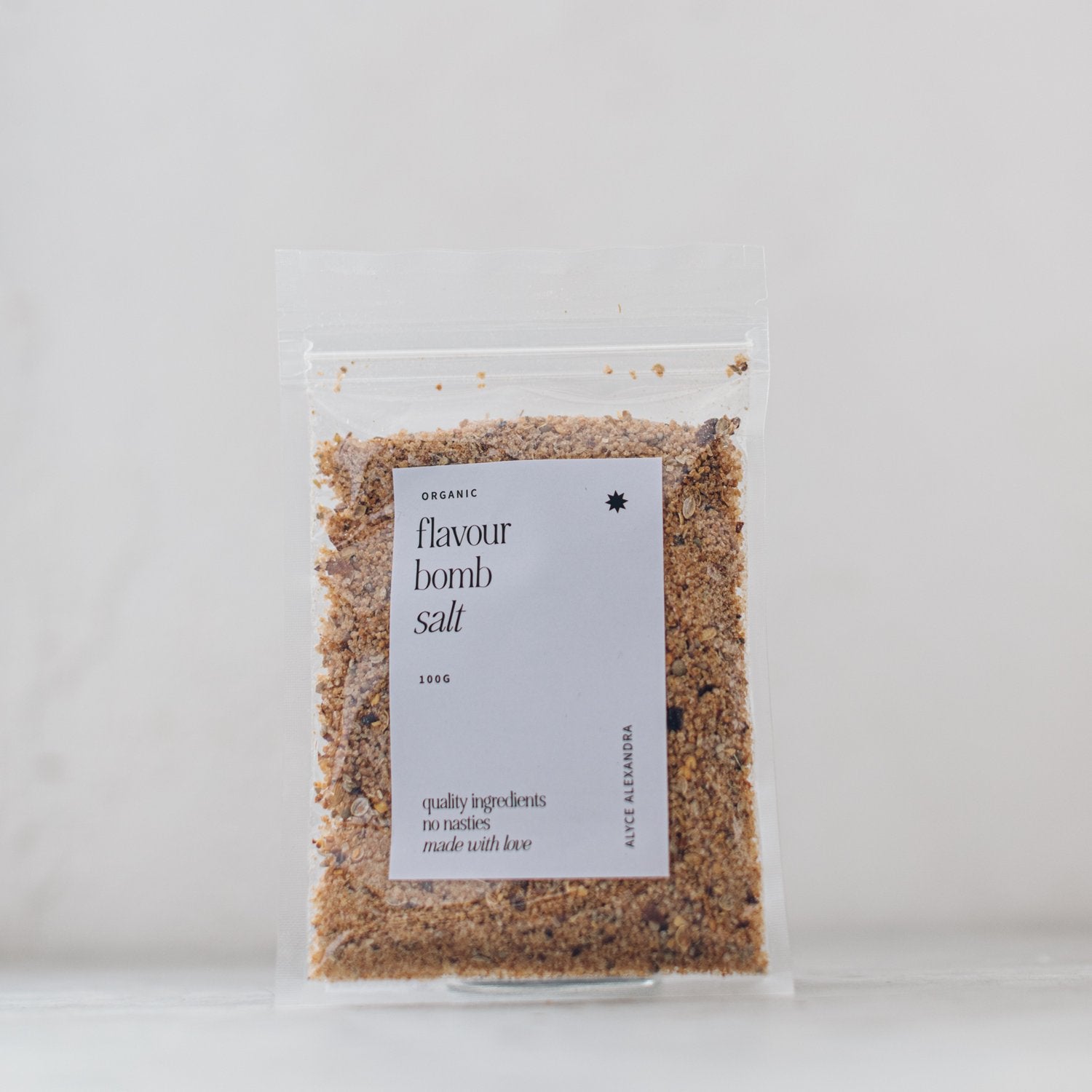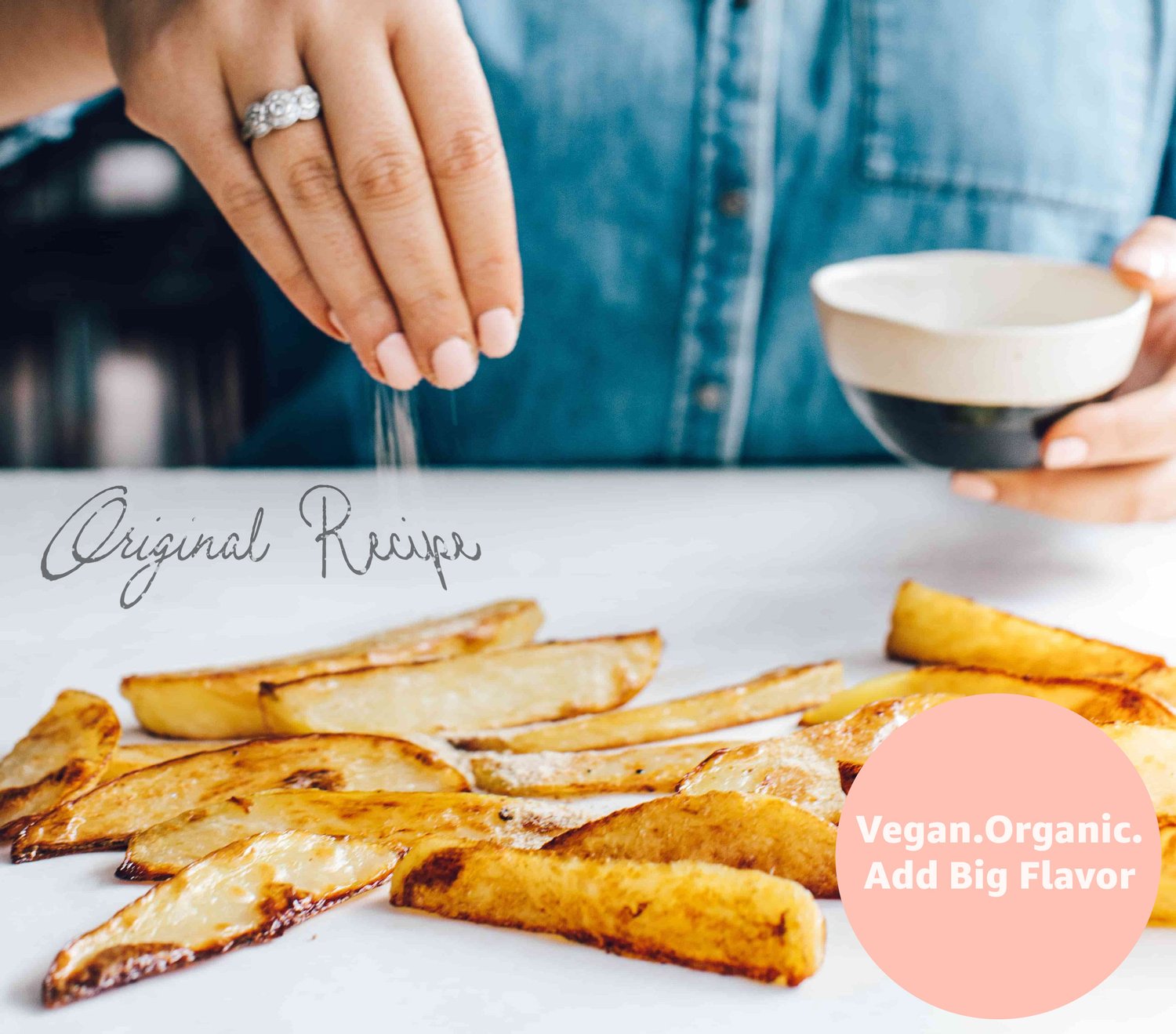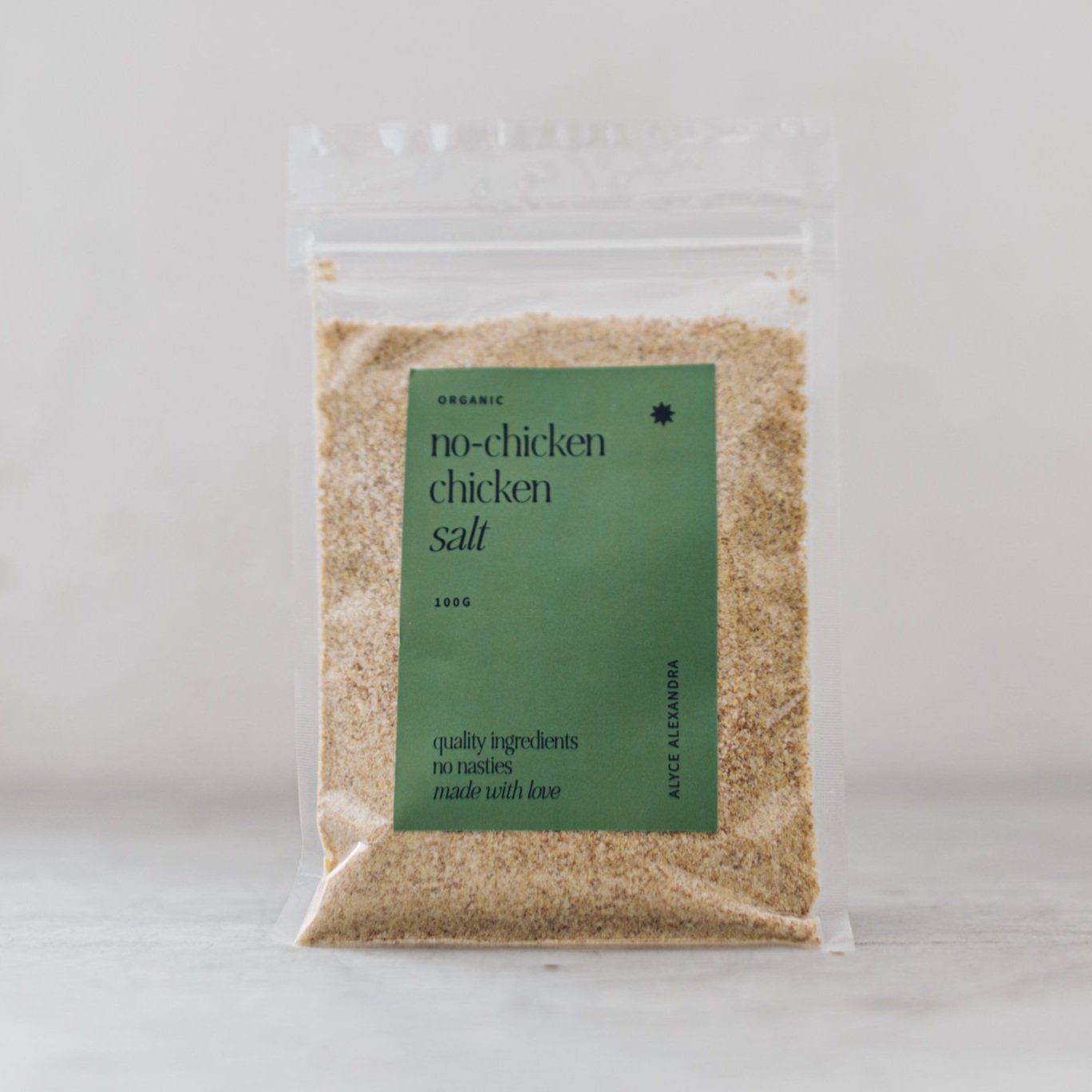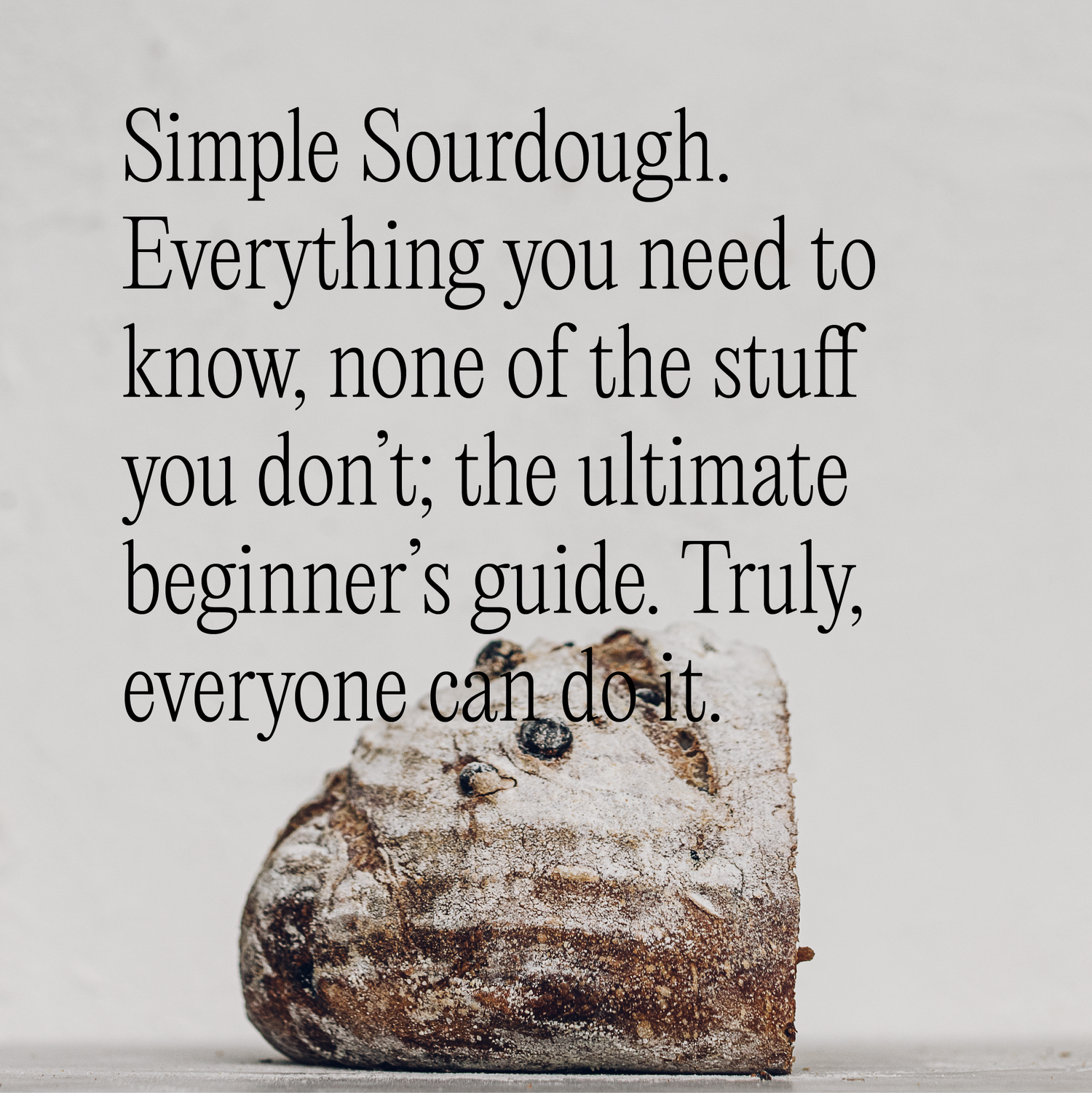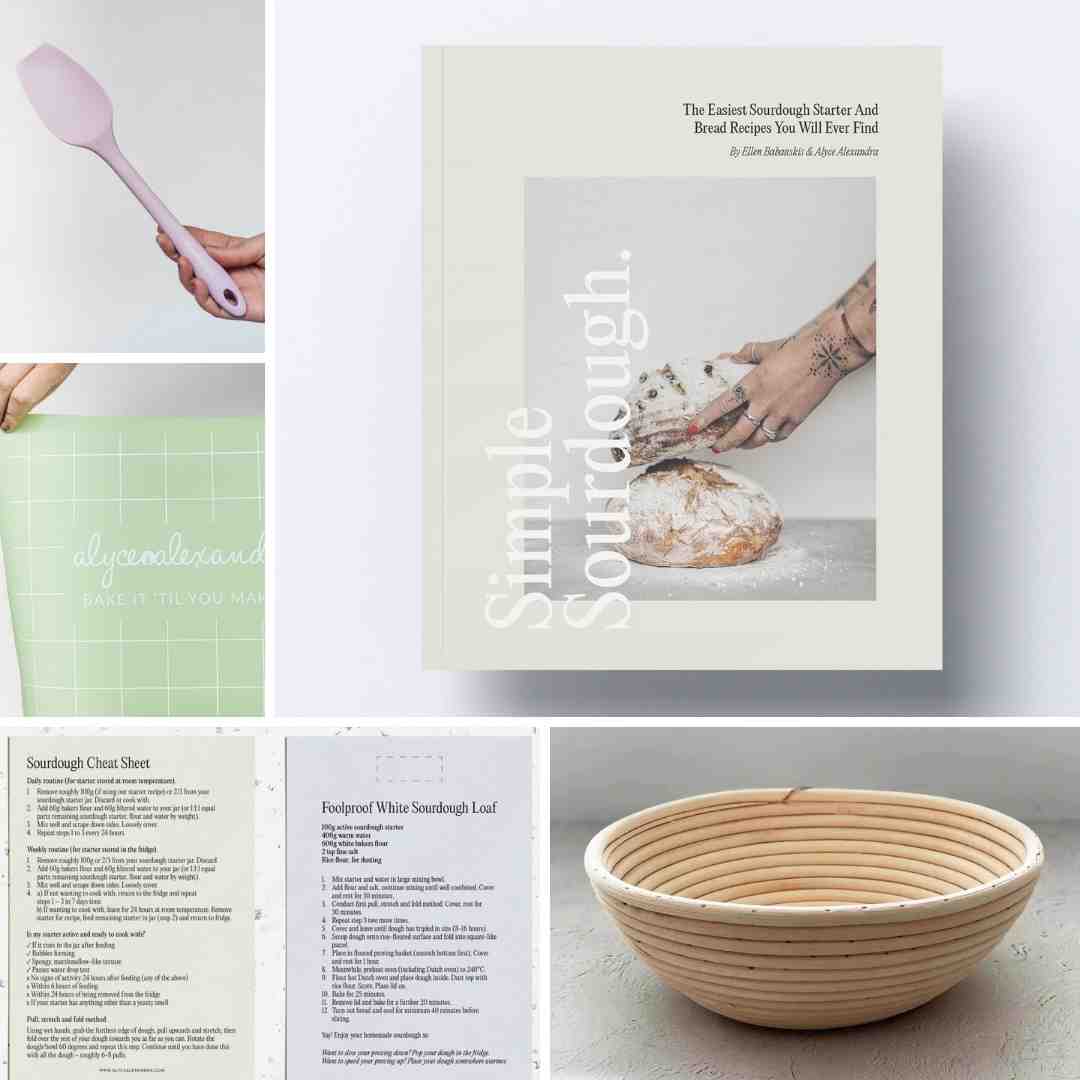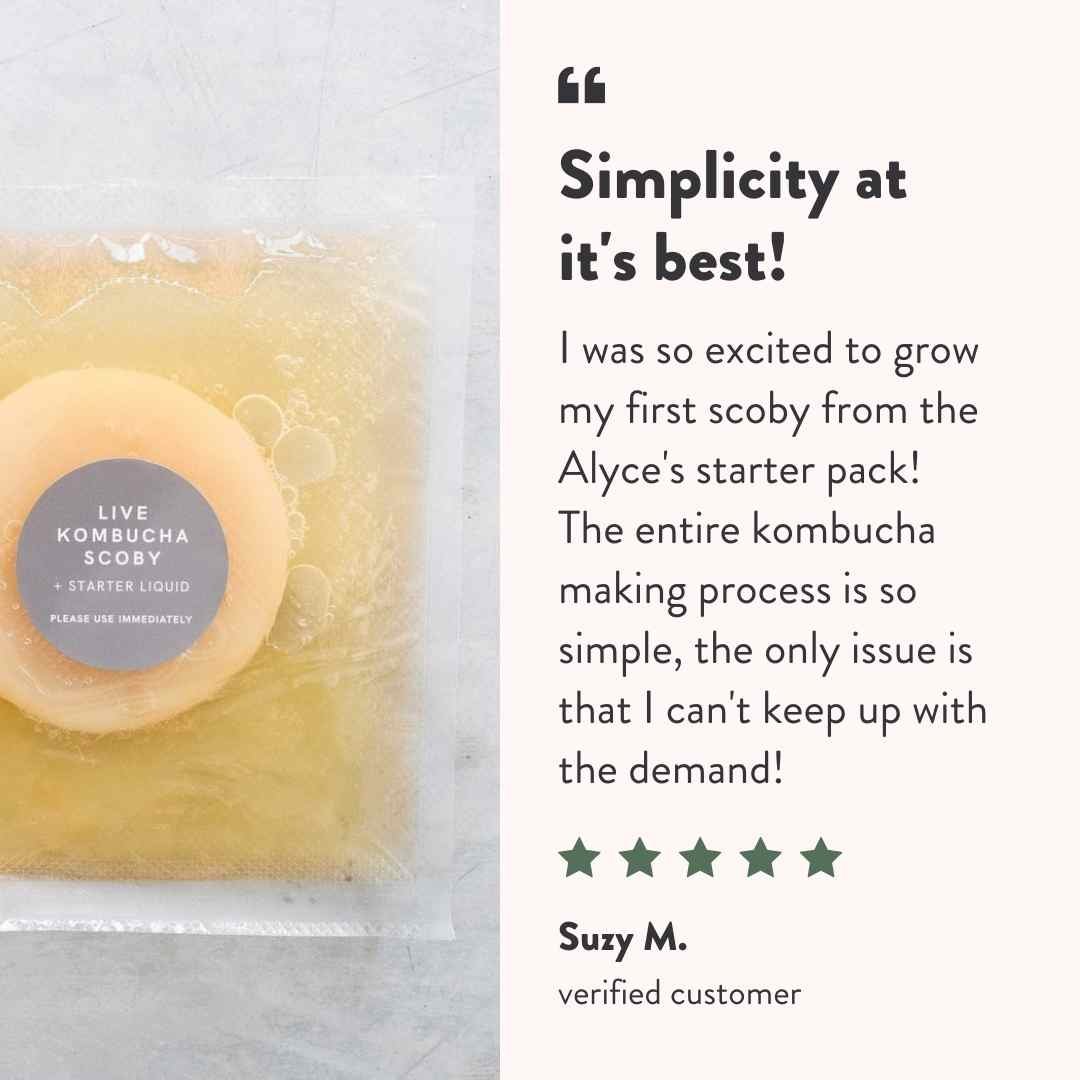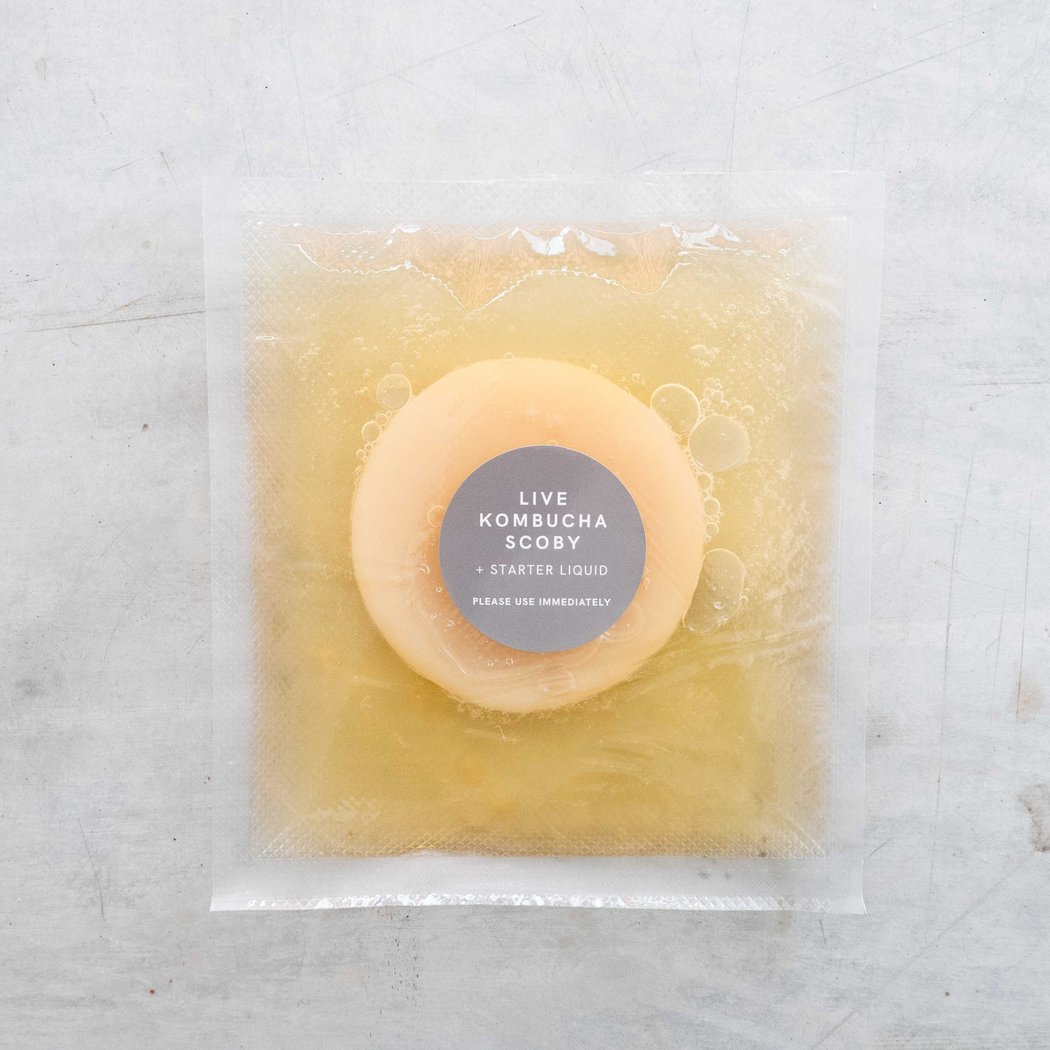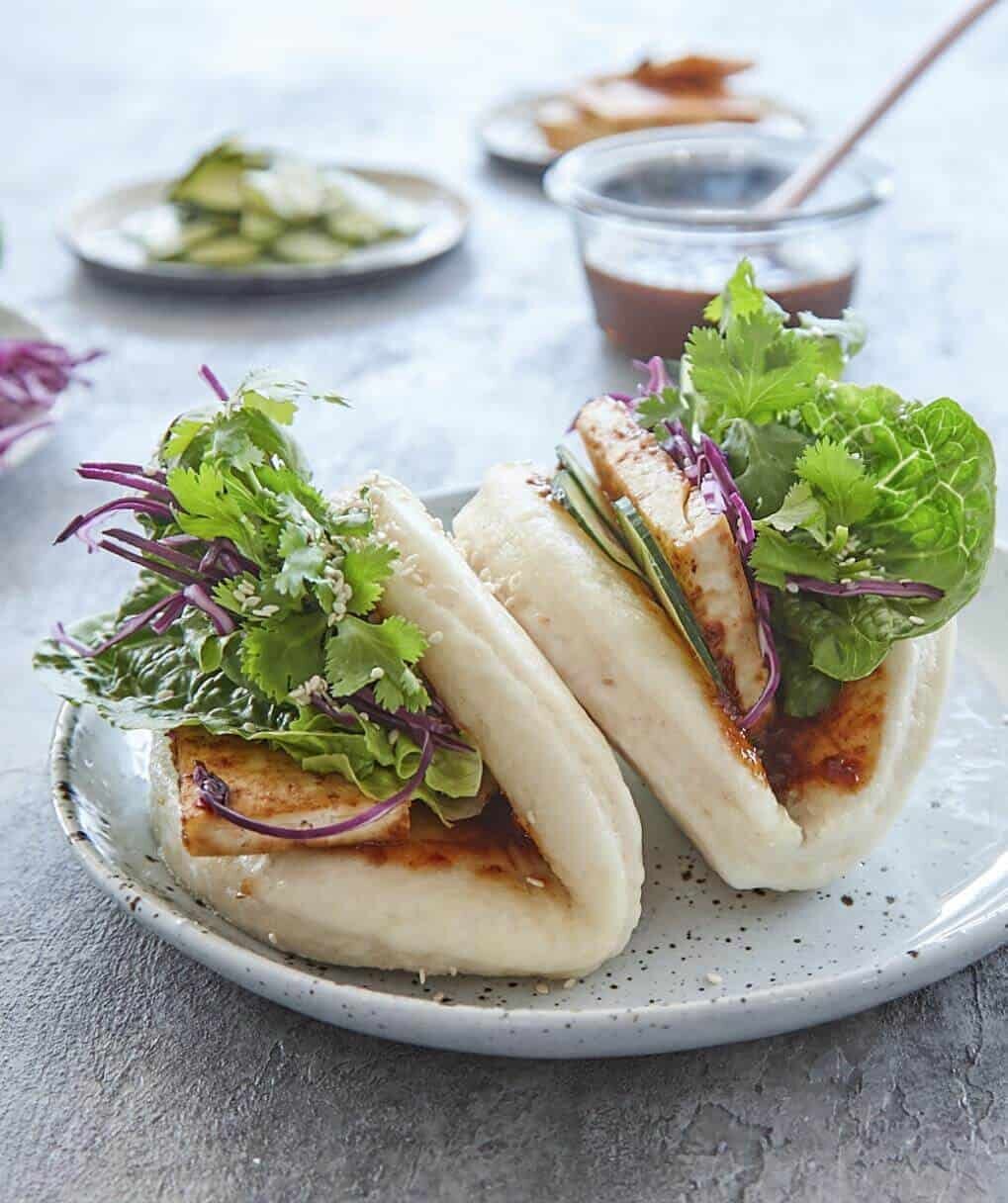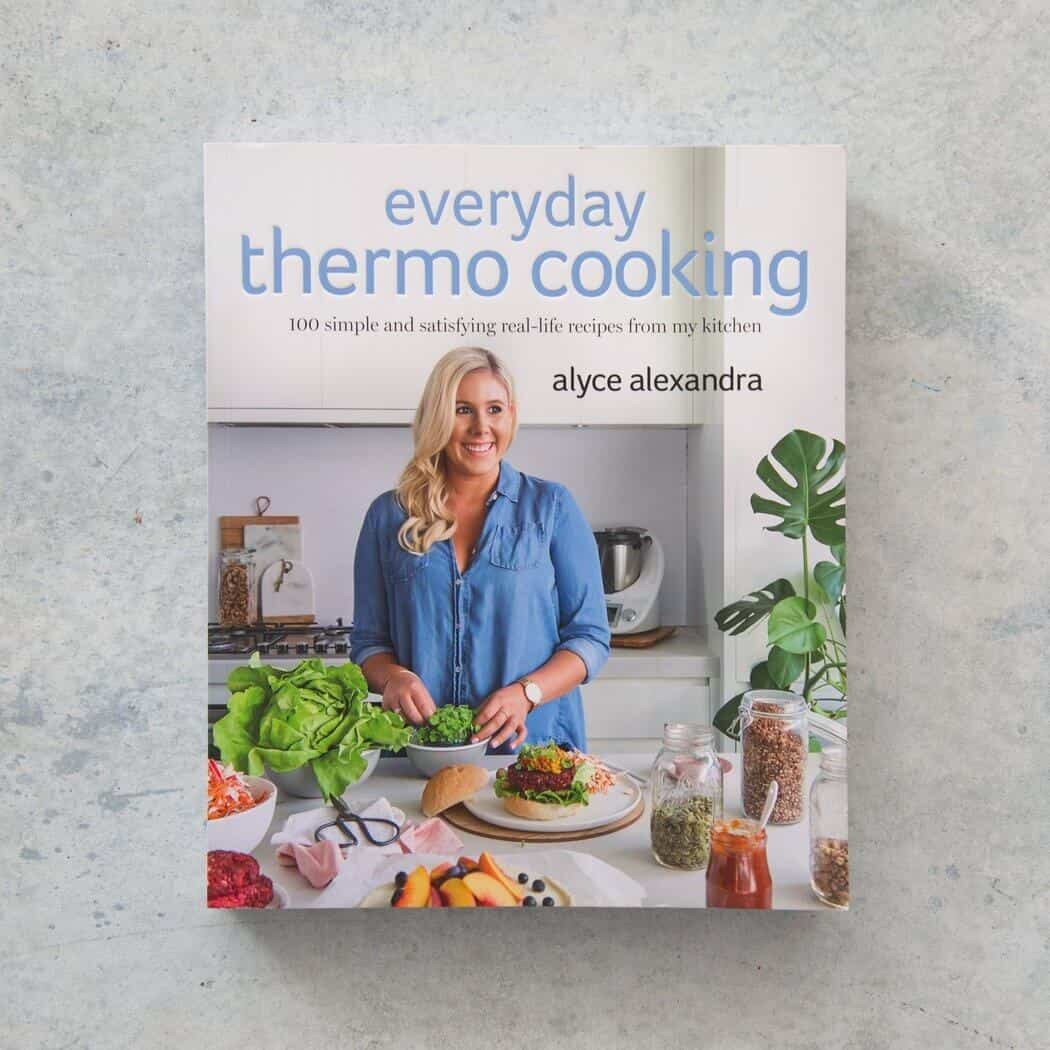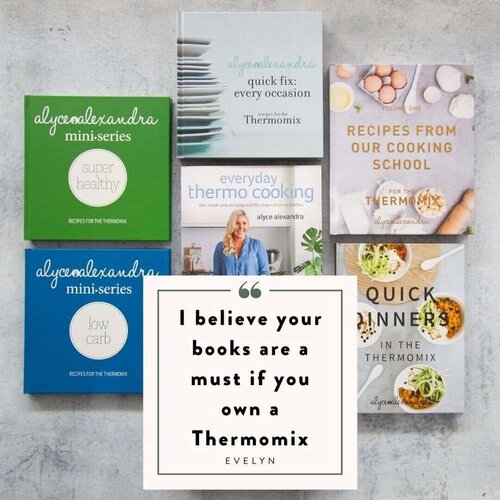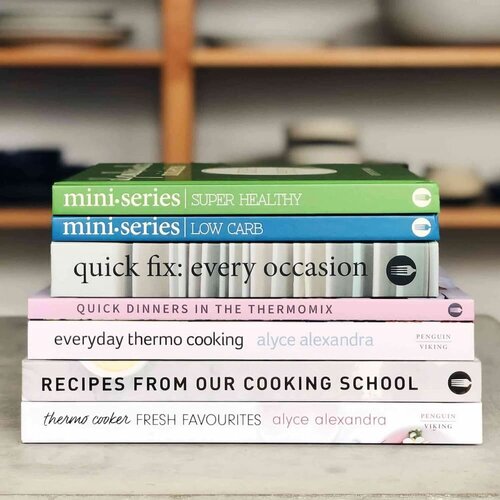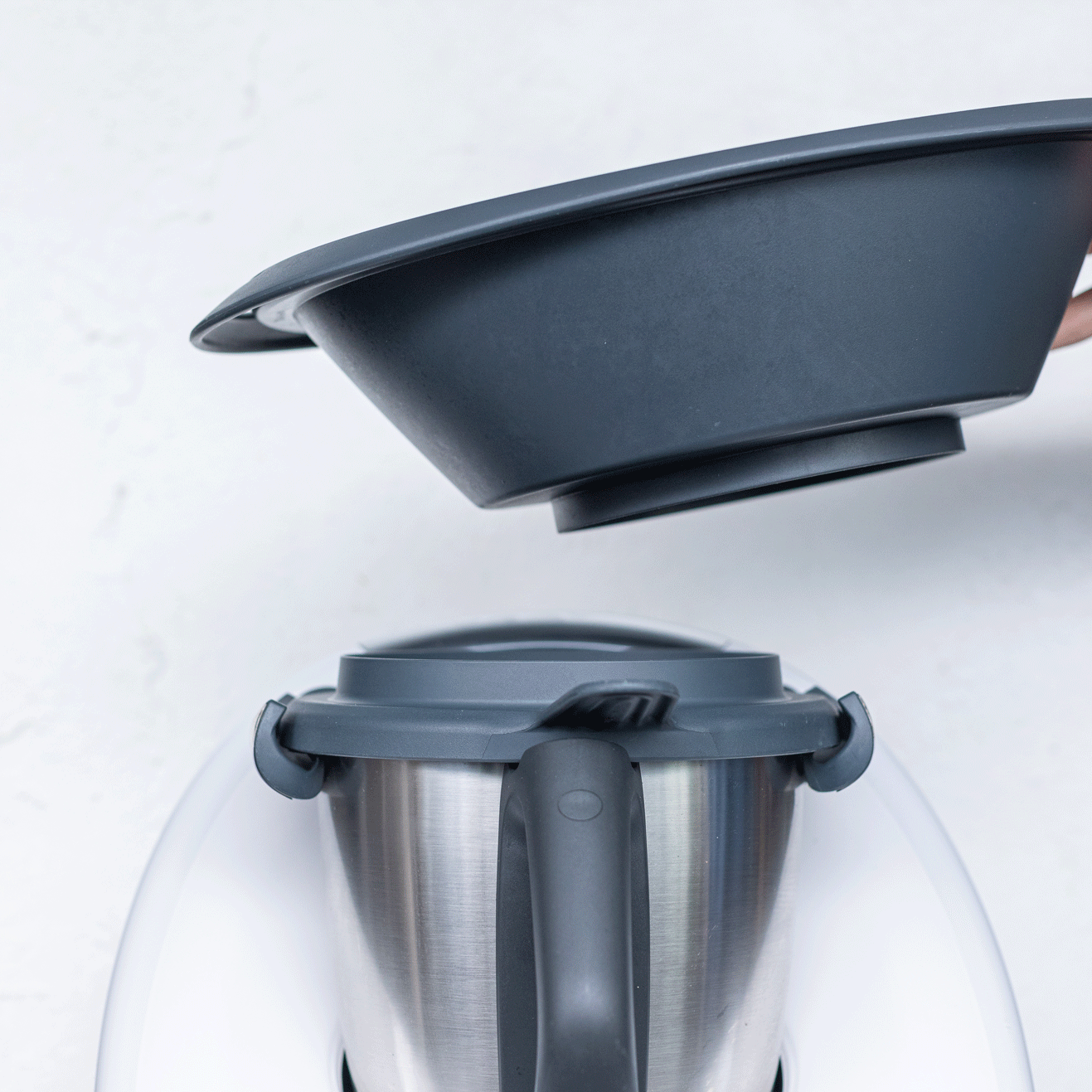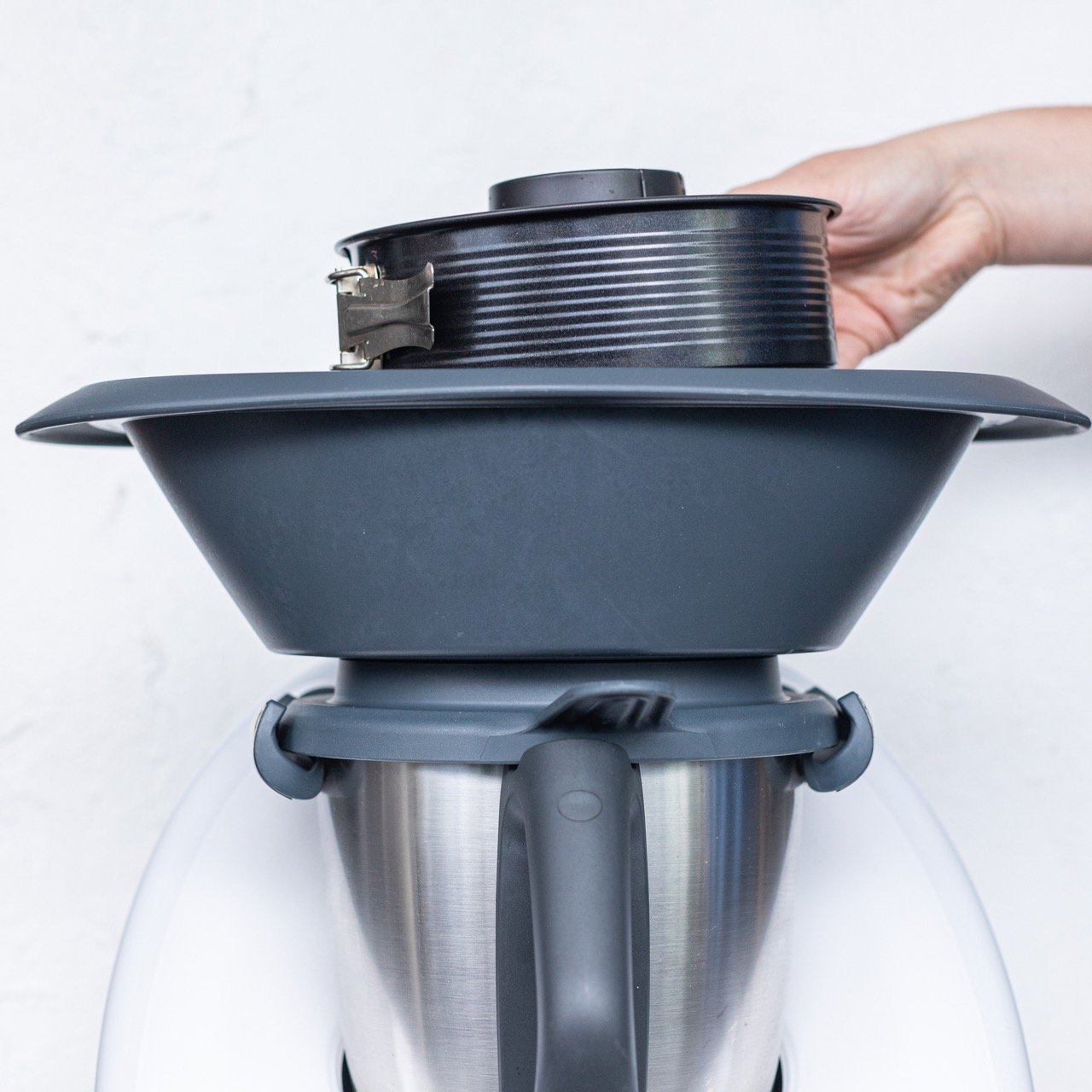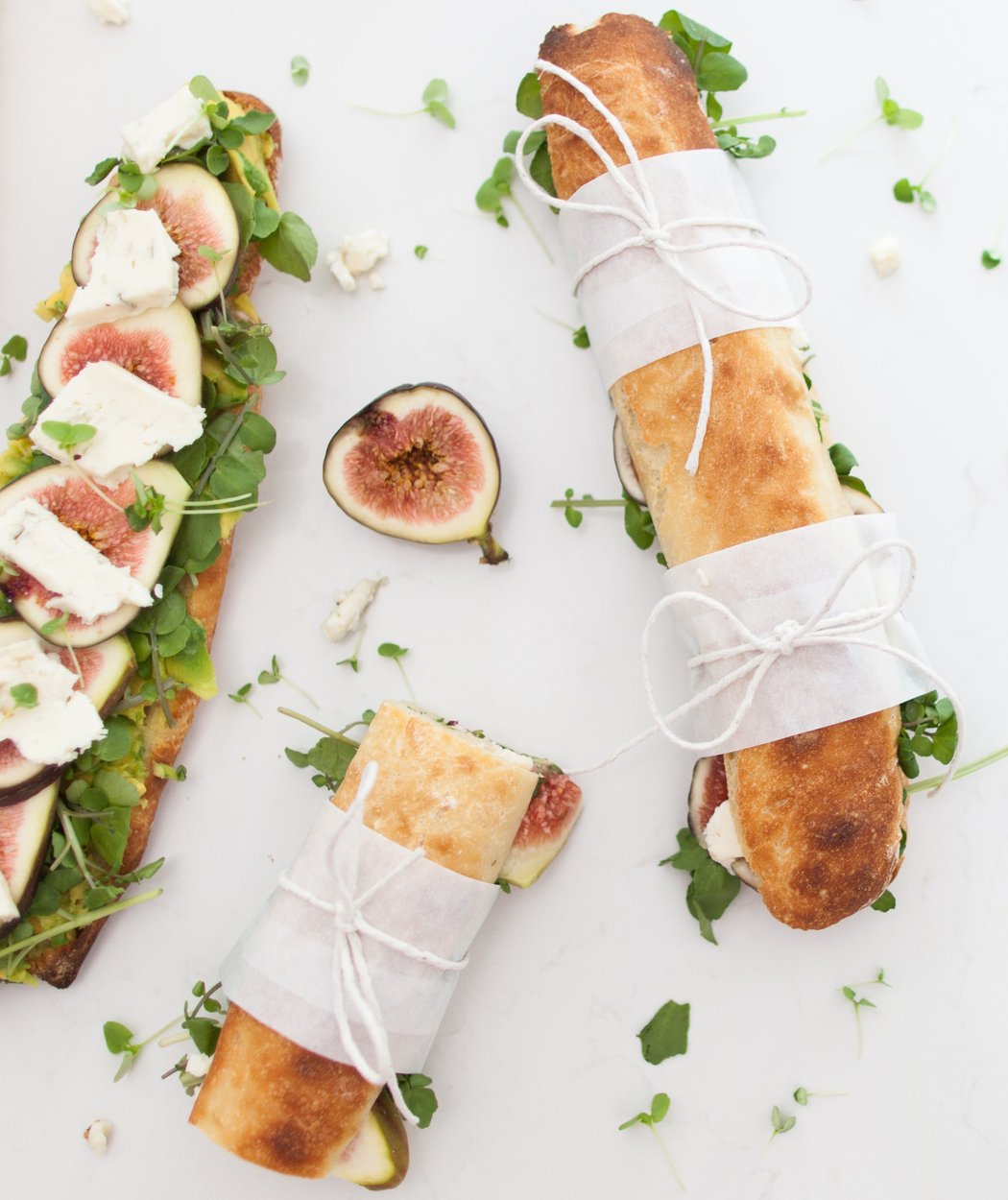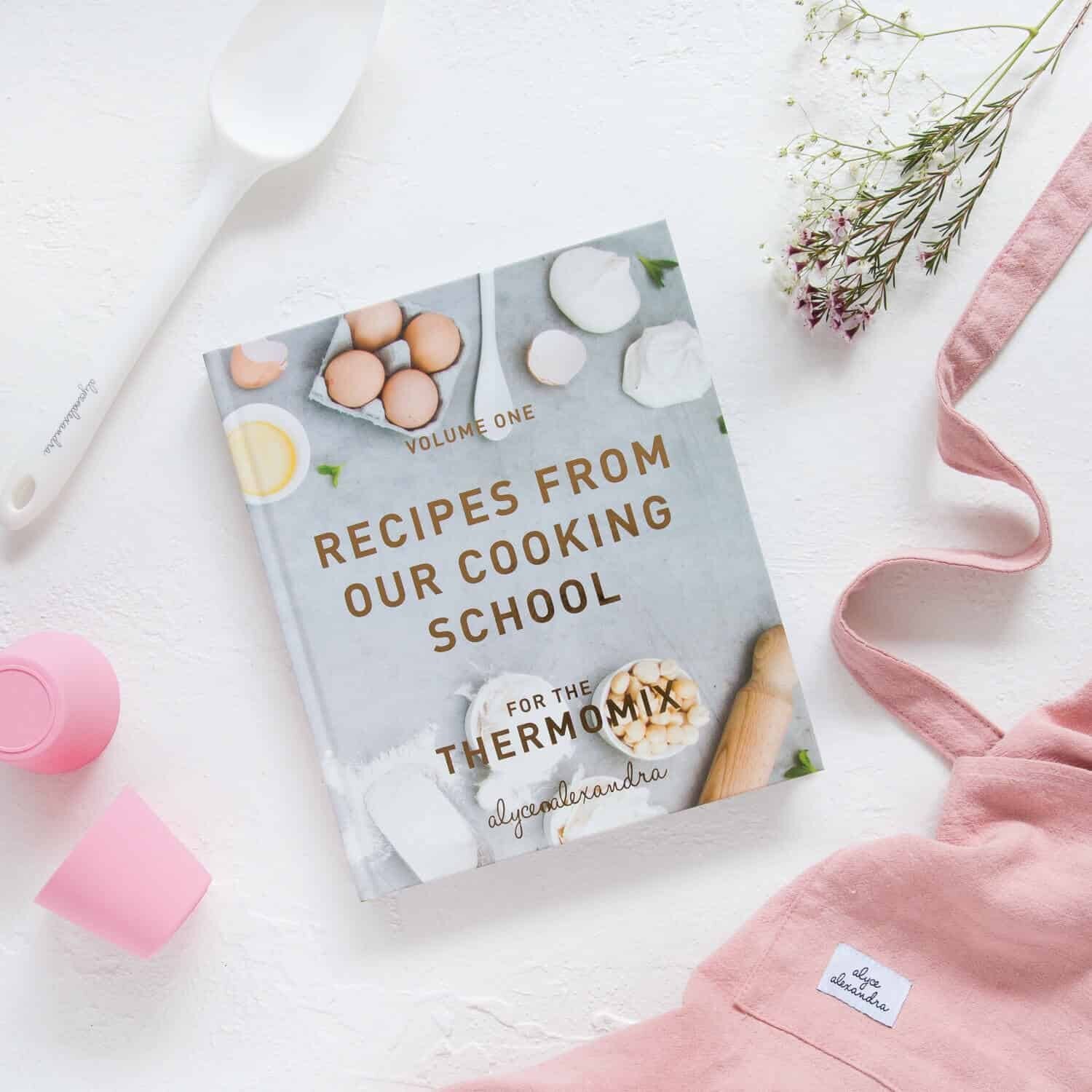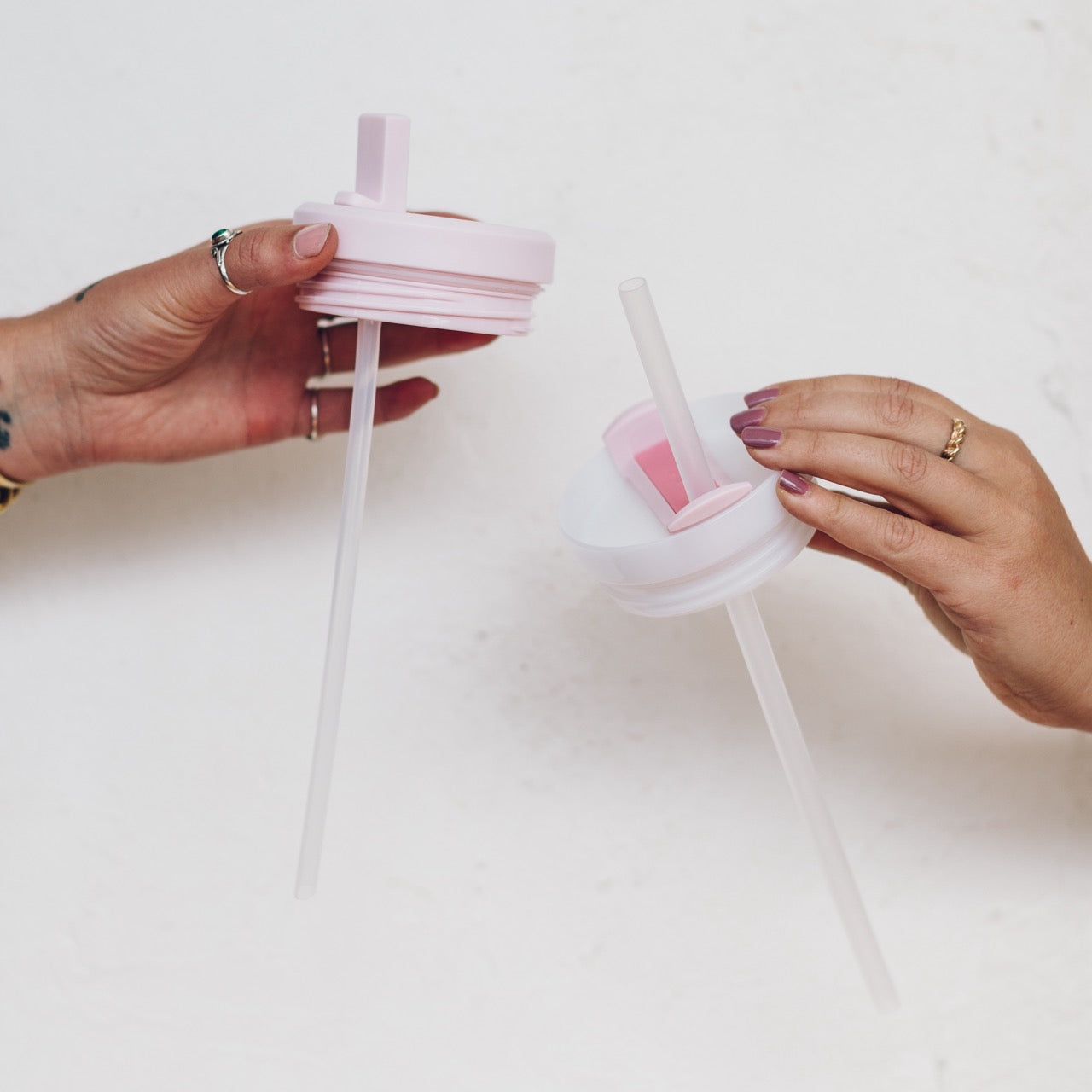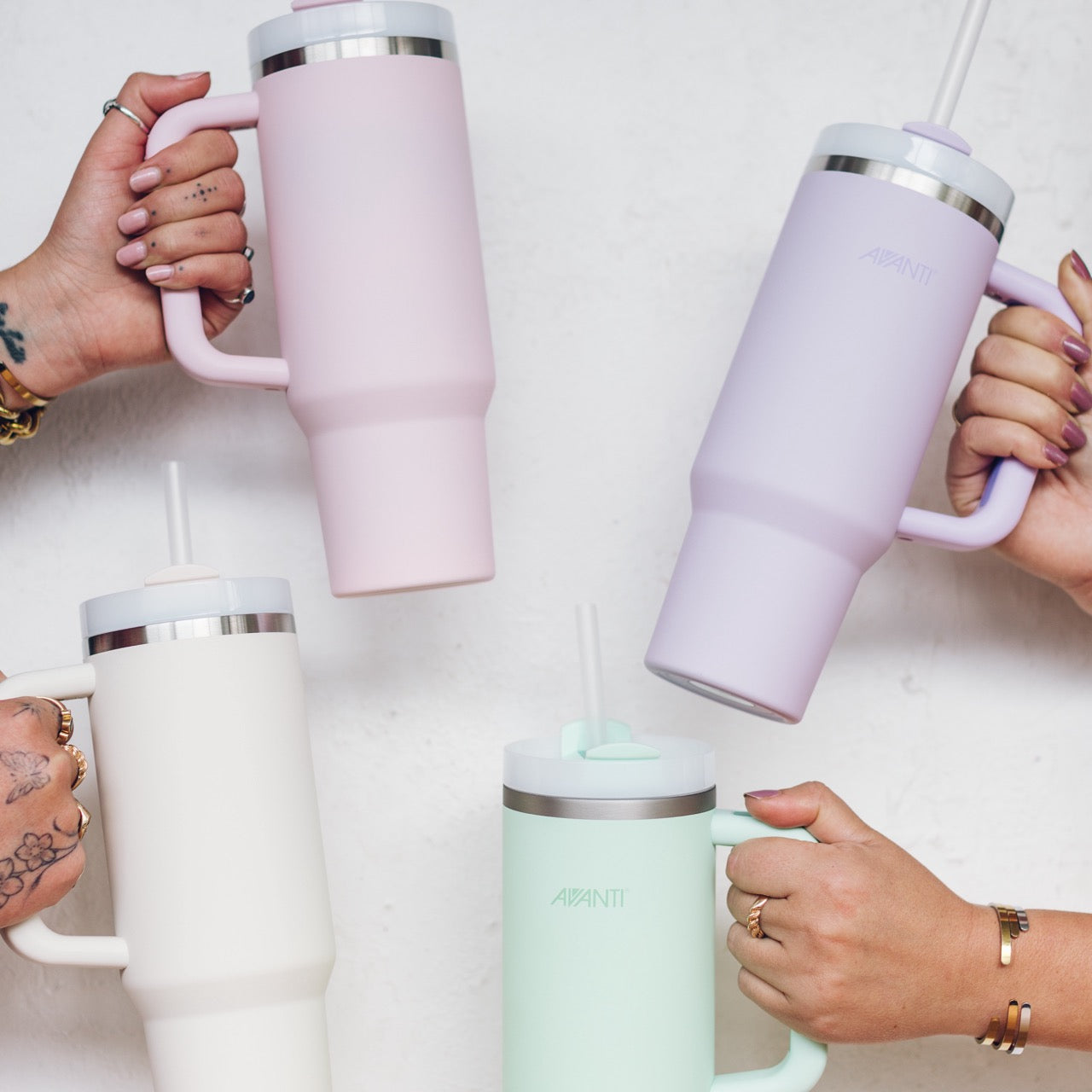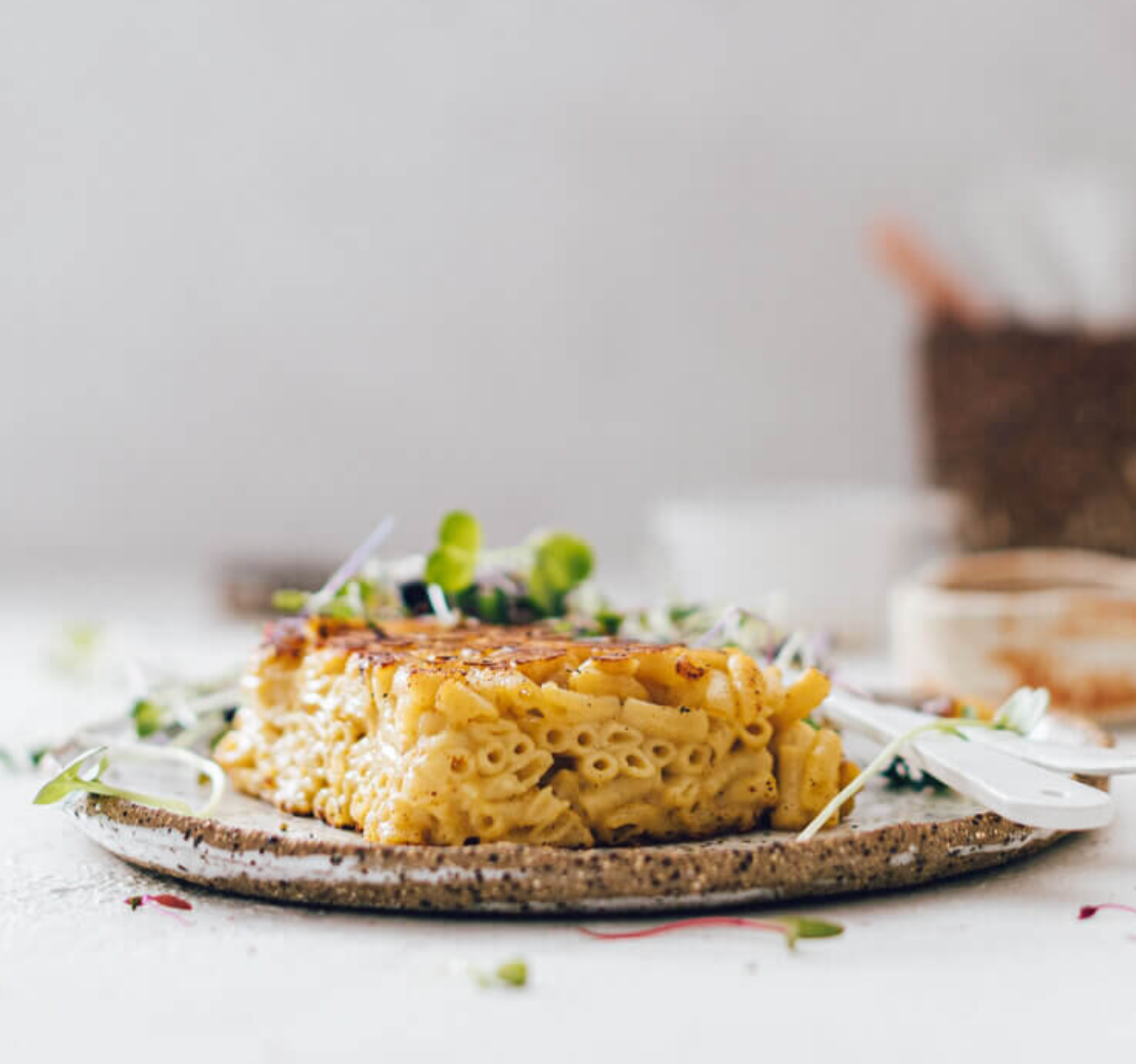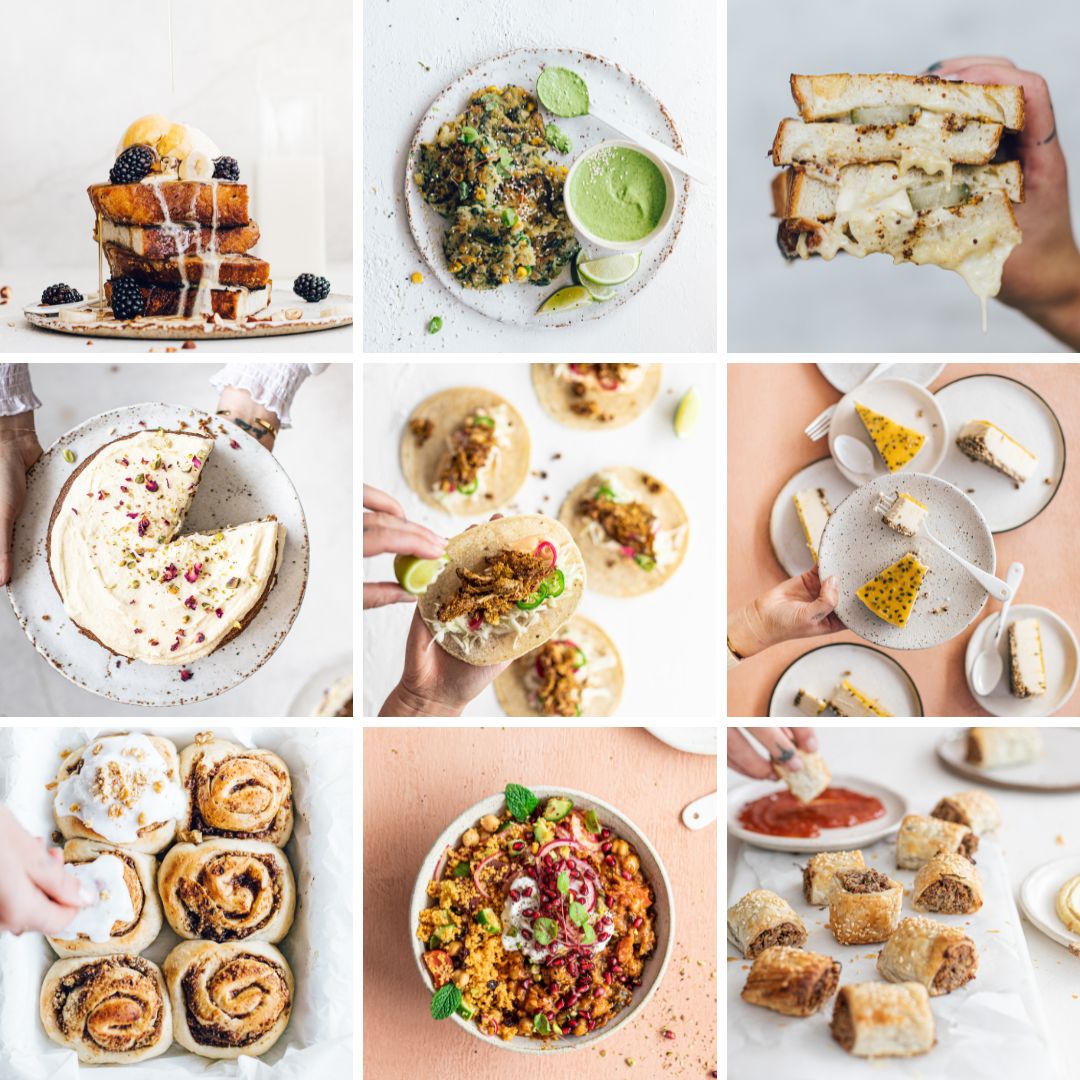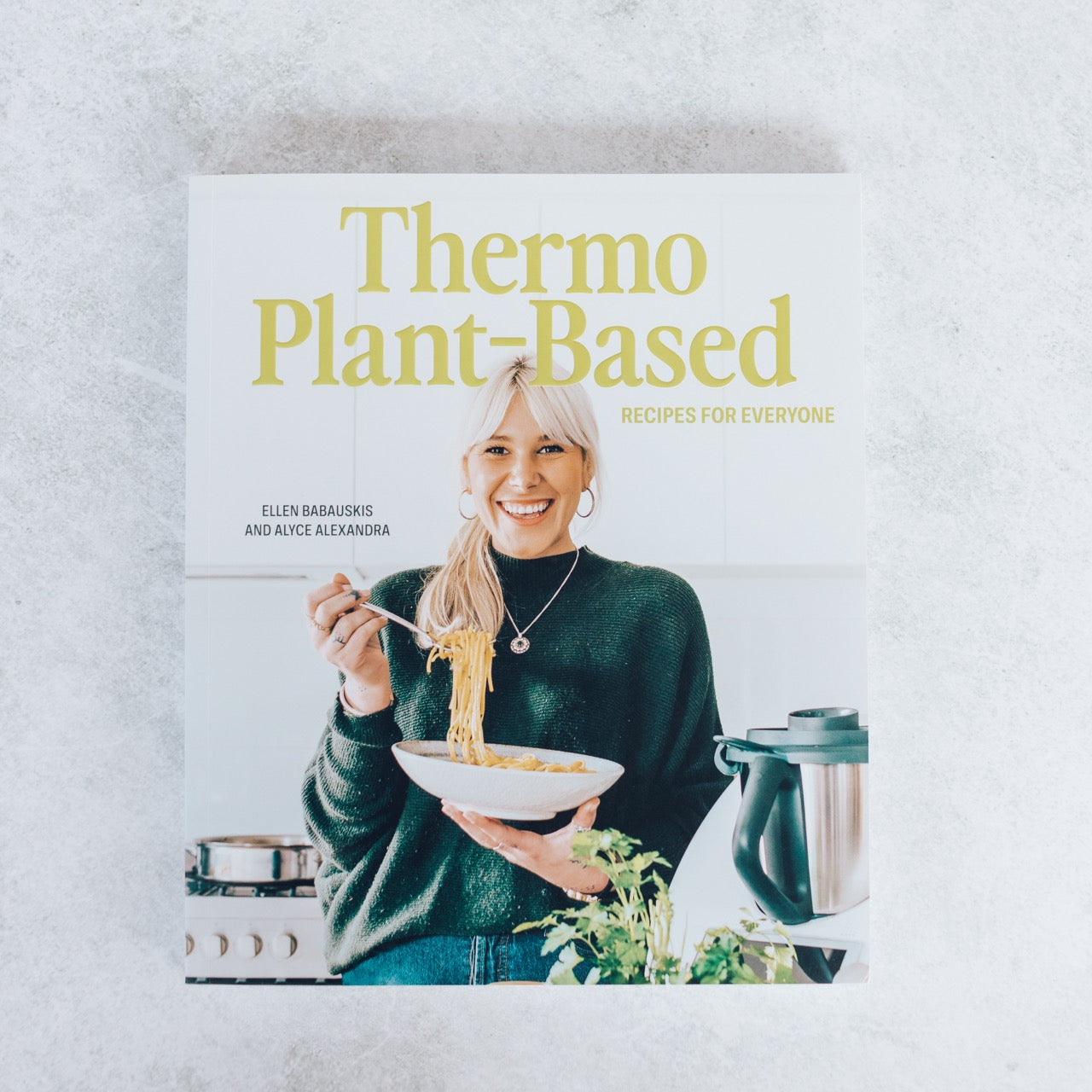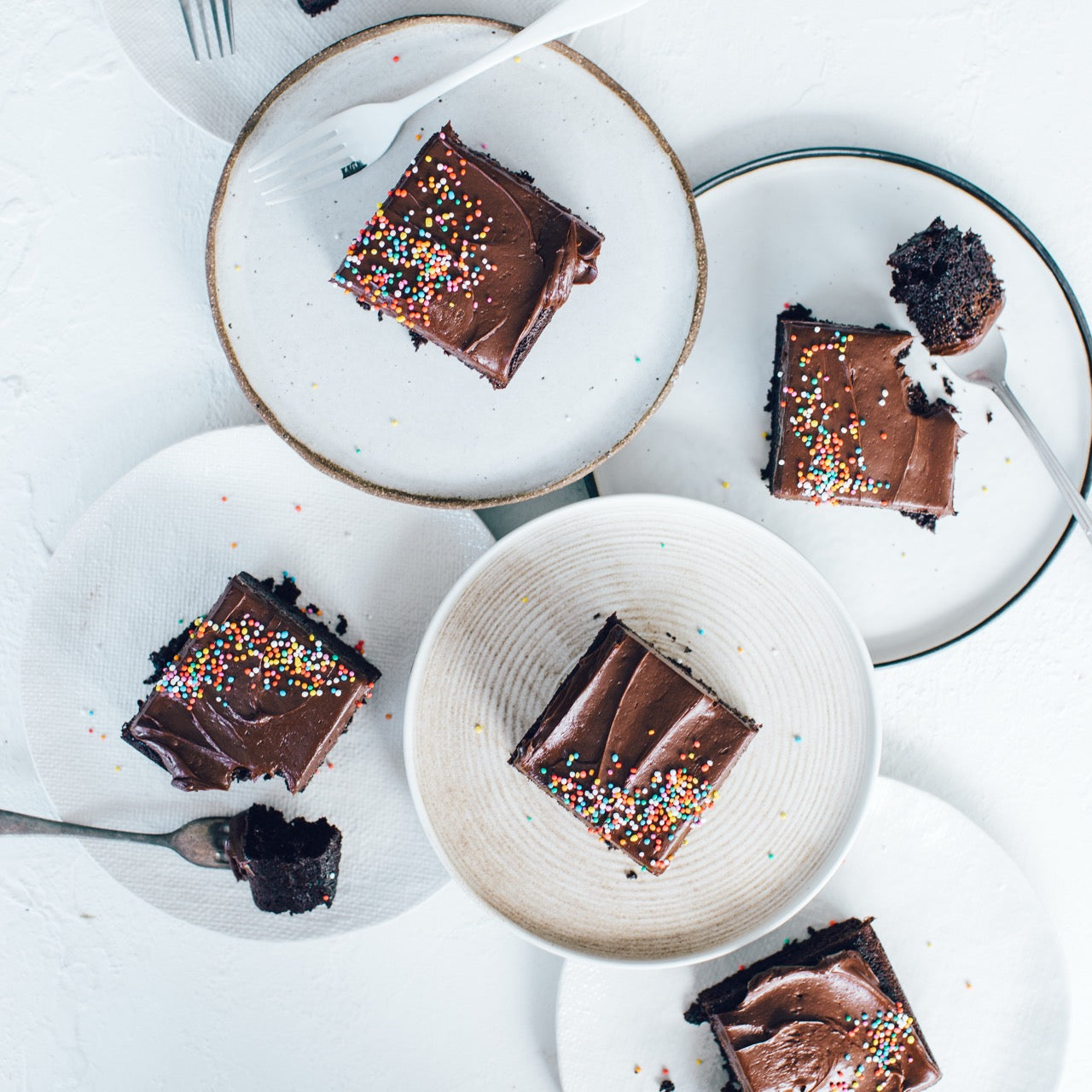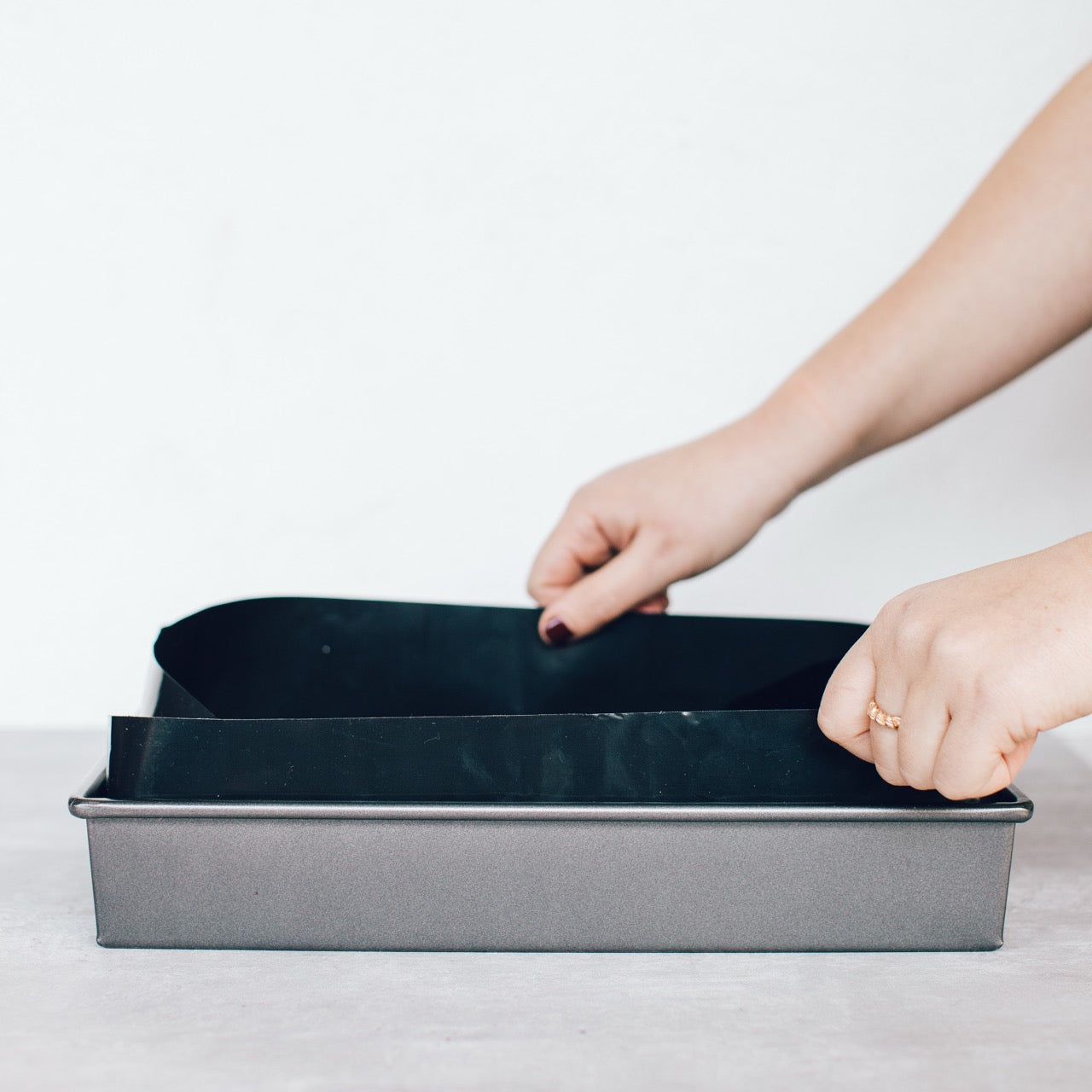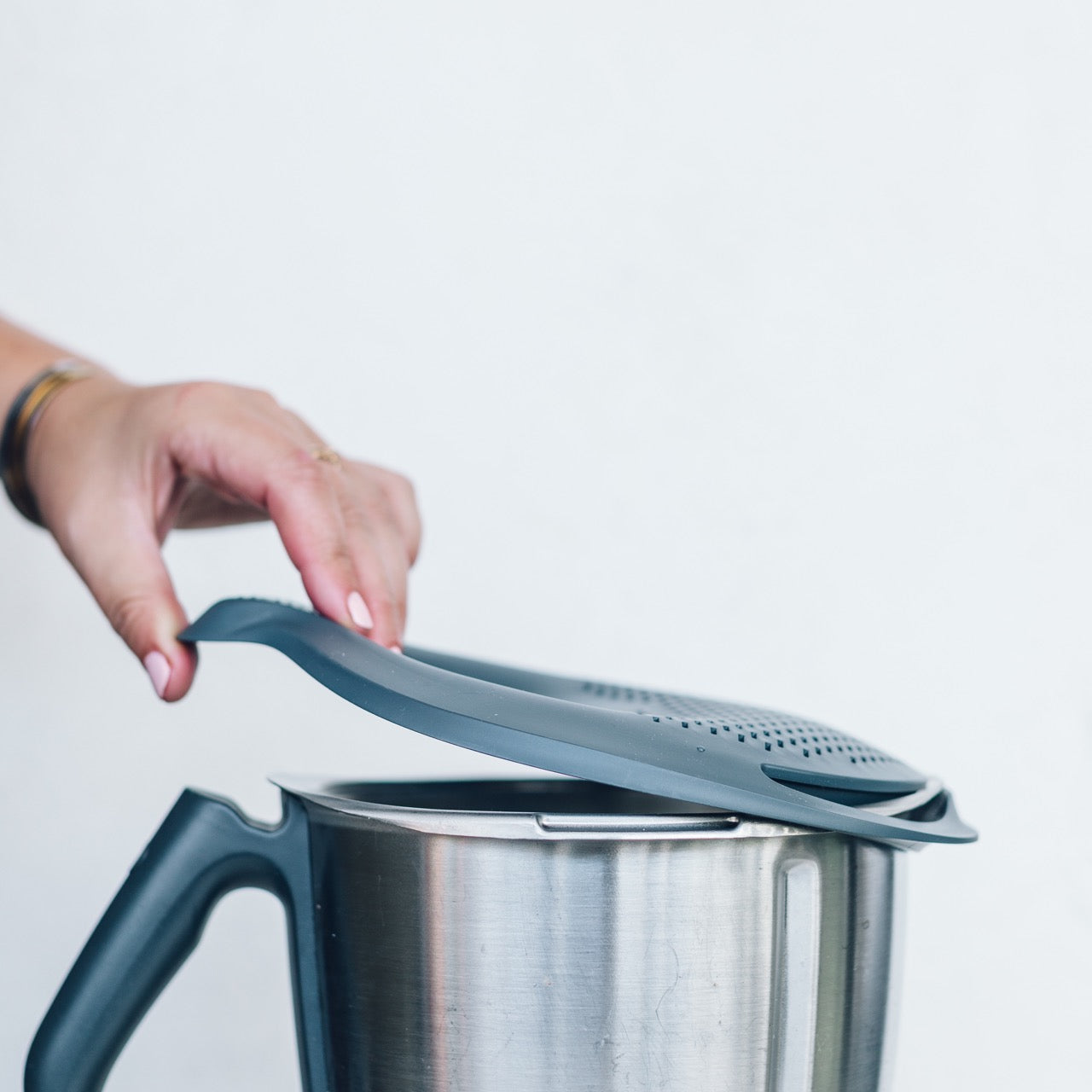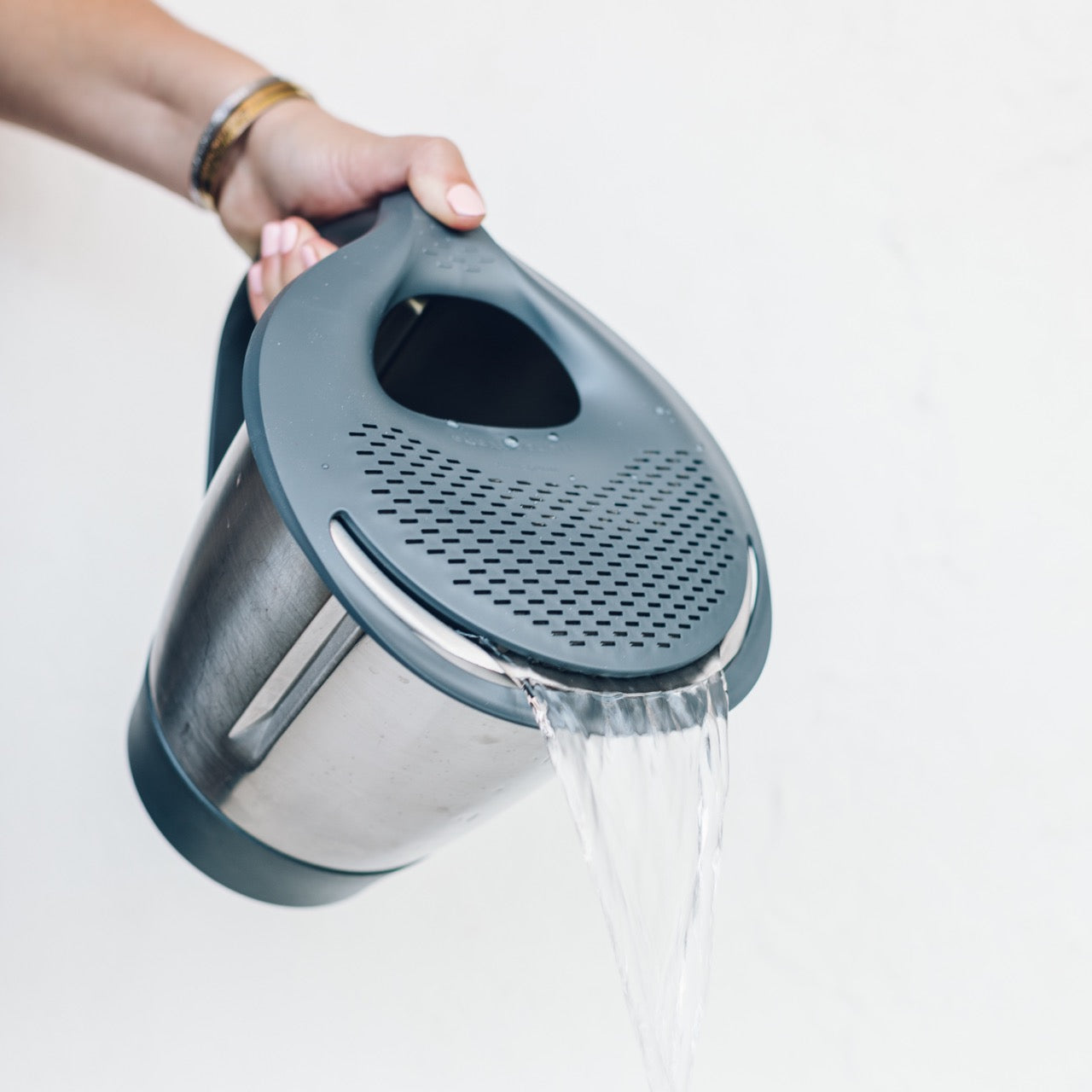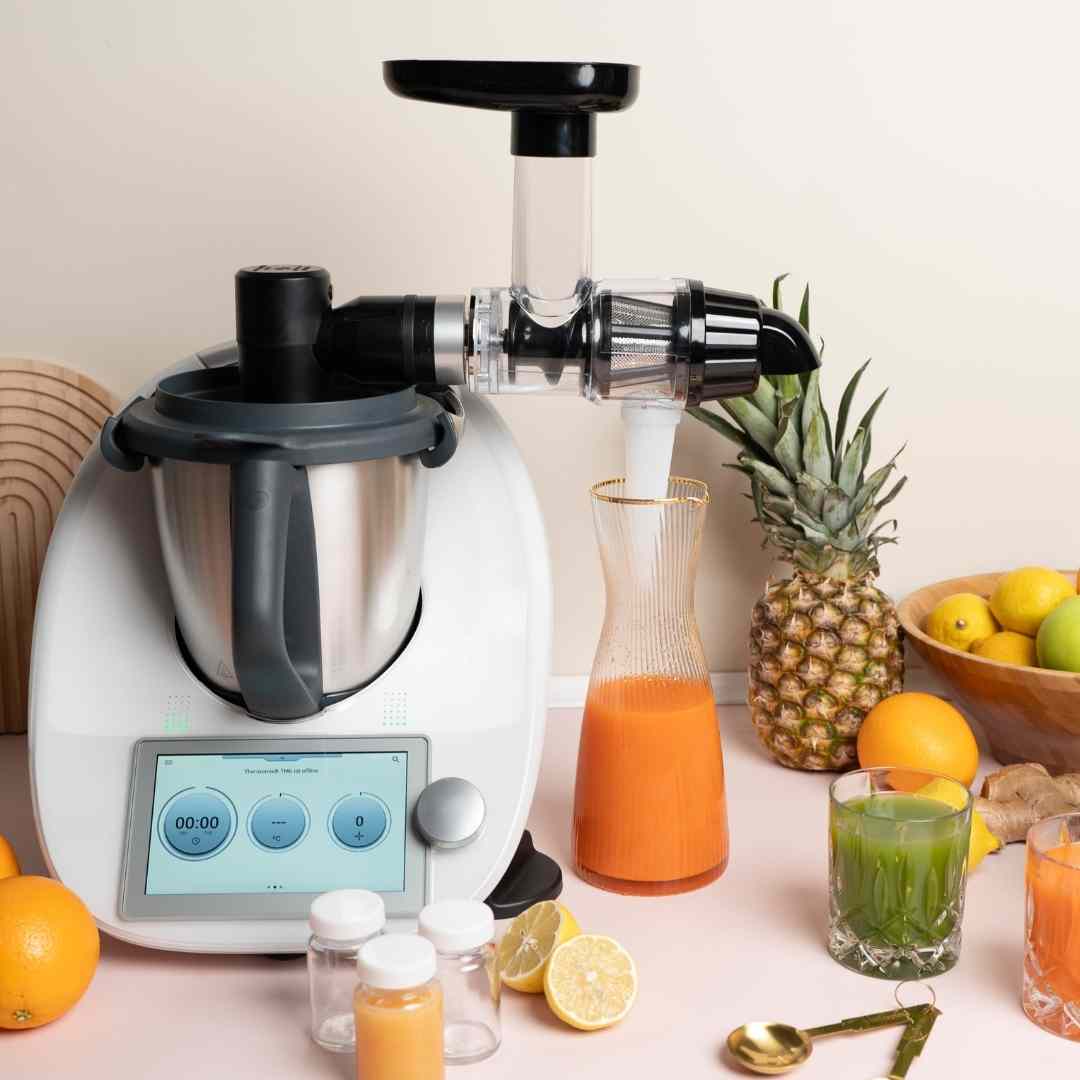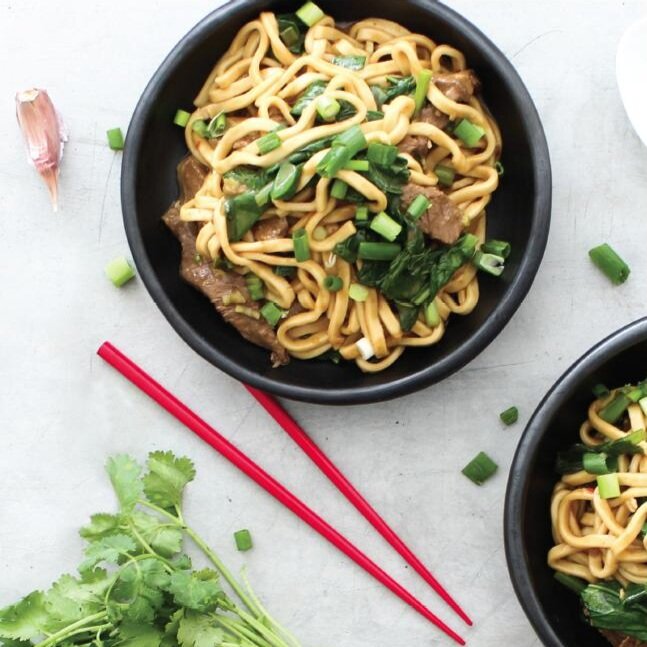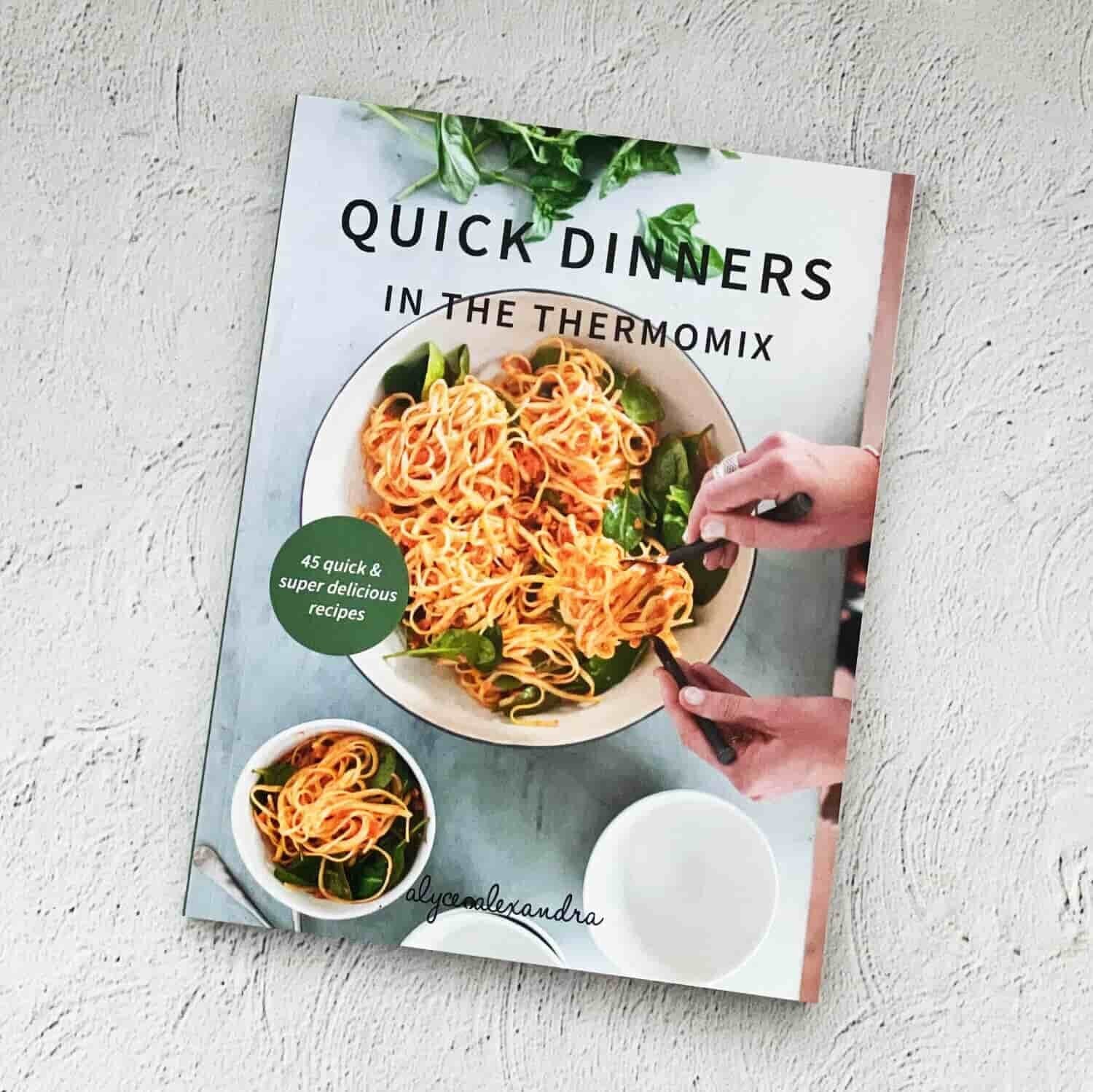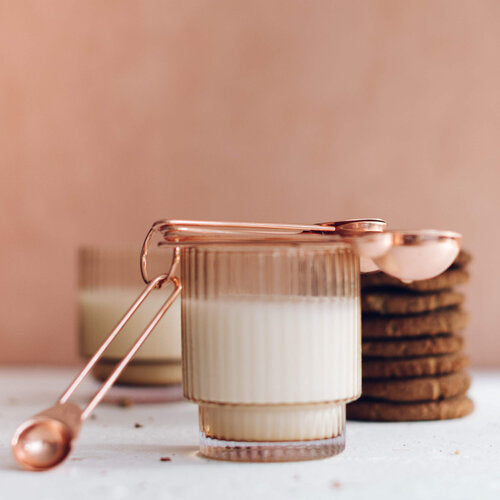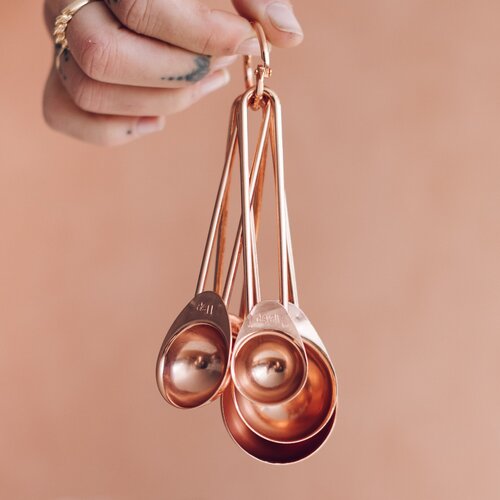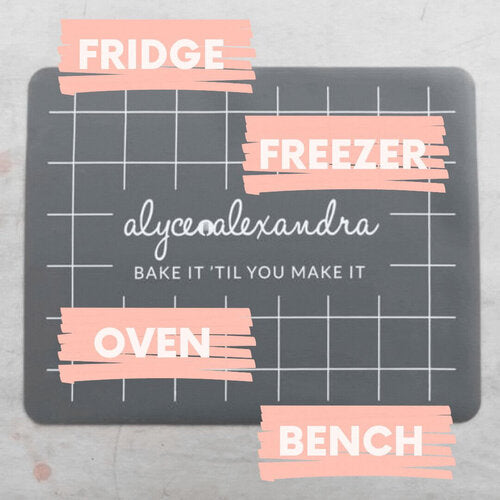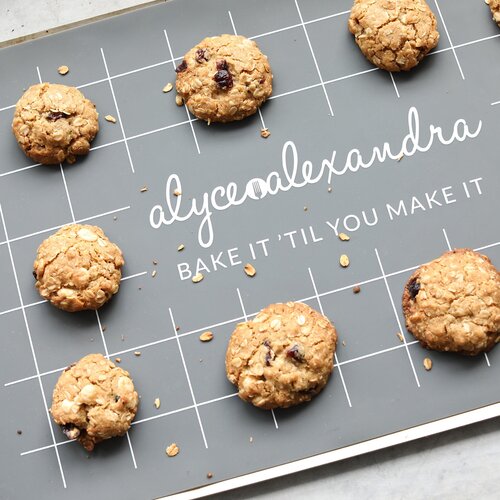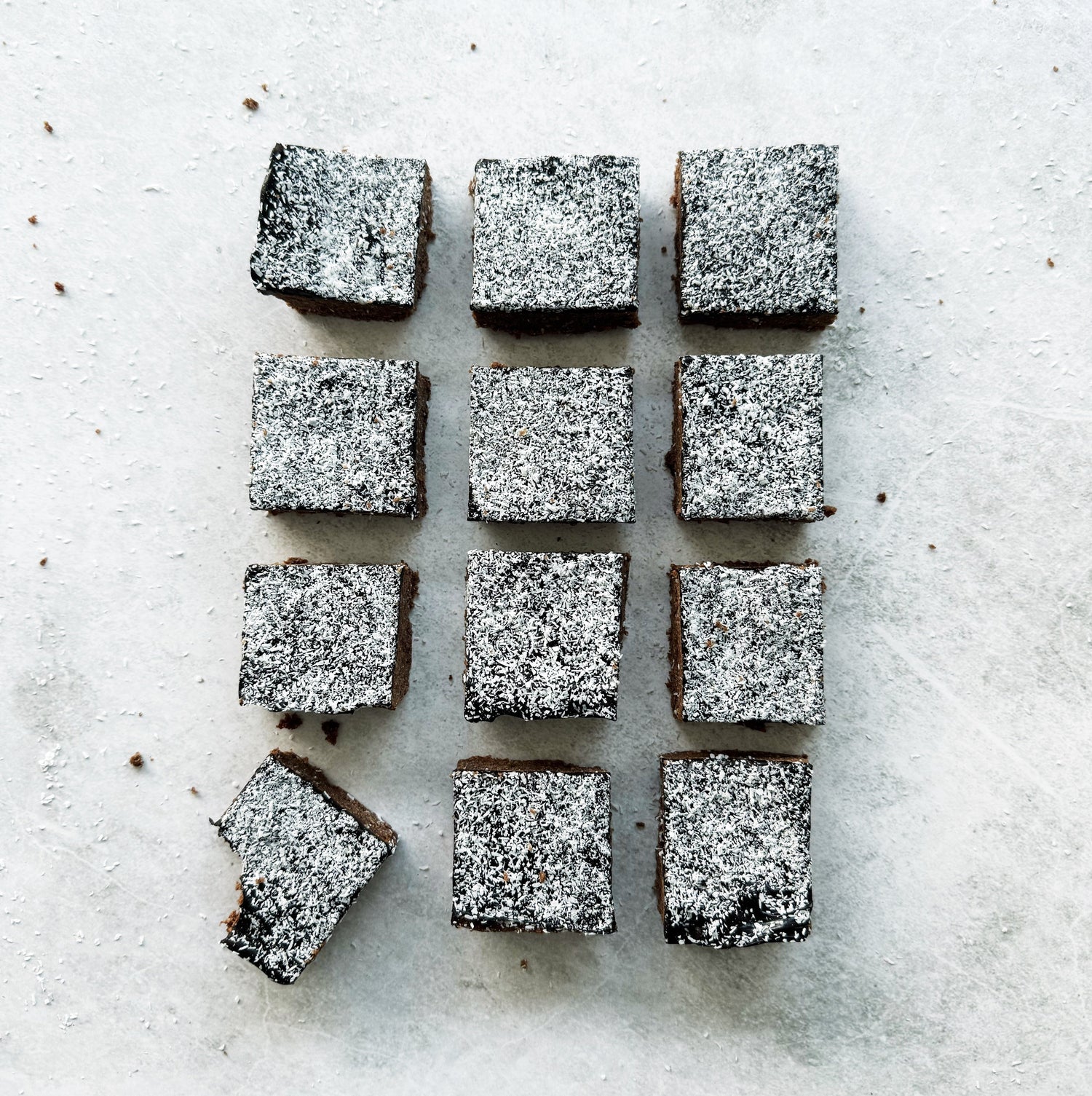
You’ll be slow cooking like a pro after these little nuggets of wisdom…
No sudden changes in temperature. Number one rule - never fill a cold slow cooker insert with boiling hot liquid or fill a hot insert with cold liquid. The sudden change of temperature may result in damage (including breakage!) of the slow cooker insert. This is most risky when people serve their meal out of the hot slow cooker and then add cold tap water straight away to soak before cleaning.
Don’t lift the lid until the cooking is done. I totally get the temptation to check on your masterpiece, but unless a recipe explicitly tells you to do something that requires the lid to be removed (or the cooking is finished), leave the lid in place! This really is one of the most important rules, as lifting the lid drastically drops the temperature inside the slow cooker, extending the cooking time, throwing your recipe off. If you (or someone else in the house!) does lift the lid off accidently, I would add an extra 15 minutes to the total cooking time. And don’t worry – where my recipes call for you to add ingredients part way through cooking, I have factored in this loss of heat.
Give everything a really good stir, unless I tell you not to. There are times you’re going to open the slow cooker and go “oh fudge this hasn’t worked”, and then after a good stir you’ll be thinking “omg that looks delicious!”. Most of the time after a long cook everything is going to need a good mix, folding the contents at the bottom of the slow cooker to the top and so forth. This is not just a token swirl through! I will always specify in my recipes when I want you to give everything a good stir, and the importance of this step cannot be overstated. Conversely, there a few times when you definitely should NOT stir. On such occasions I’ve explicitly written this in the method also. It’s not just an “oh you don’t need to worry about it” situation, it’s that we want to preserve the layering of ingredients in the slow cooker.
Sauté your onions always. Never add onions to a slow cooker dish that you haven’t sautéed first - I just find you get that slight raw onion flavour throughout, and it just ruins the dish for me. I really think its worth the extra effort (and is particularly easy if you have a searing slow cooker).
It’s easy to double recipes, just do the math. If you’ve got a large slow cooker, many of the recipes in this book can easily be doubled. You’ll need to think about it for a second through – if you’ve got a 6L slow cooker and my Nourishing Asian Broth calls for 3.5L of water, this isn’t one of those recipes. However, you’ll have plenty of room for a double batch of my Lazy Tacos, which need a total of 6 cups (1.5L) of ingredients. Scale your ingredients accordingly, and follow the exact same method and cooking time.
You can halve recipes, to a point. If you’re only feeding one or two people and you don’t have a love affair with your freezer like I do, then you may want to halve some recipes. For the most part this isn’t a problem – just scale down the ingredients and follow the exact same method and cooking time. However, you can only get away with this to a point – you always want at least the base of the slow cooker completely covered with ingredients. The other issue is if you’re using a stick blender – if you don’t have a minimum quantity of ingredients in the slow cooker and you start whizzing with a stick blender you’ll end up wearing half the recipe as it sprays up everywhere! In this case, you’ll need to transfer the slow cooker contents to a jug or small saucepan and blitz it up that way, or simply use a blender or food processor.
Use oil if food is sticking. I’ve never found the need to do this, but if food is sticking to your slow cooker insert give it a brush with olive oil before adding in your ingredients. If sticking food is a big problem, I’d suggest that the coating on your slow cooker insert is damaged, possibly through scratches or general wear and tear. You can buy replacement slow cooker inserts without buying a whole new unit, so that might be a good option for you.
Use the right utensils. Don’t ever use metal in your slow cooker – it’s not worth the risk of possible damage to your insert. Wooden or plastic utensils are totally fine, but my pick is silicone – naturally non-stick, hygienic and no chance of scratches. My silicone slow cooker spatula is available here.
If you don’t like dishes, get a stick blender. A stick blender is nowhere near as powerful or effective as a good blender or food processor (and I have great-quality versions of each), but still, I just love the convenience of it – use your stick blender straight in the slow cooker insert meaning no faffing about transferring hot liquid, and much less washing up at the end. They’re between $50 and $150, and if you’re serious about slow cooking often I would suggest investing in one.
Don’t convert your own recipes. If you do, think carefully about liquid content. In a slow cooker, as the moisture evaporates it gently drips back down from the lid into the food, rather than escaping as it would in other cooking techniques. This means the liquid requirement of a slow cooker recipe is much, much less than anything done on the stove or in the oven… and often when people try and convert their family-favourite recipes to the slow cooker it’s this part they mistake (meaning watery dishes!). Stick to specially-designed slow cooker recipes – let me make the mistakes so you don’t have to! For 85 foolproof slow cooker recipes, check out my cookbook ‘Modern Slow Cooker’.

Cooking times are loose, unless I explicitly state otherwise. The cooking time for my Harissa-spiced Creamy Carrot Soup is 4 hours on high or 8 hours on low, but honestly, if you left it on for 5 hours on high or 10 hours on low, it really wouldn’t be that big of a deal. And if it ticked over to Keep Warm for 2 hours before you pureed it, that also wouldn’t matter so much. I’m not saying be totally flippant with timing! But it’s not like baking in an oven. There are, of course, some exceptions, and these usually involve pasta. Where precise cooking times are important, I’ve explicitly written in the recipe time is of the essence. When you see this – set the timer on your phone and pay attention! Otherwise, don’t stress.
Don’t fill your slow cooker right the top. Filling the slow cooker within an inch of it’s life may mean that you get some bubbling overspill, and a mess down the front of your slow cooker and onto the bench. Always leave at least 3cm space at the top of your slow cooker. If using a 6L slow cooker and the recipes in my book, this will never be a consideration for you, but if using a smaller unit or scaling up recipes it’s something to be mindful of.
You can do some bits ahead of time. For speedy mornings, you can sauté your onion and other ingredients the night before and refrigerate, dumping in your slow cooker in the morning. You can also chop your veggies prior and store in the fridge and measure out your spices. The only thing I wouldn’t prepare in advance is anything to do with dry starchy ingredients such as flour, oats, lentils, beans or pasta.
Safety first. Be aware the metal casing on the outside of the slow cooker gets really hot, and will absolutely burn you if touched. Keep your hands off the outside and always use oven mitts when removing a hot slow cooker insert. Please make sure your slow cooker is somewhere that little hands cannot reach.
Cleaning 101. Only ever wash the slow cooker insert – never submerge the base/casing of the slow cooker in water, it should only ever need a wipe down with a damp cloth. Wash the insert in hot soapy water, soaking prior if it looks like it needs it. Don’t use abrasive scourers that could damage the coating. Most inserts are dishwasher proof (just check the manual first), however I find if you wash it quickly or soak it then it’s super easy to clean and doesn’t need to take up precious space in the dishwasher.
As every slow cooker is different, we recommend reading the manufacturer’s instructions for your particular model before use. Never use your slow cooker in a way contrary to the manual. Ensure that your slow cooker is suitable for use directly on heat source (such as stove) before using it in this manner.

